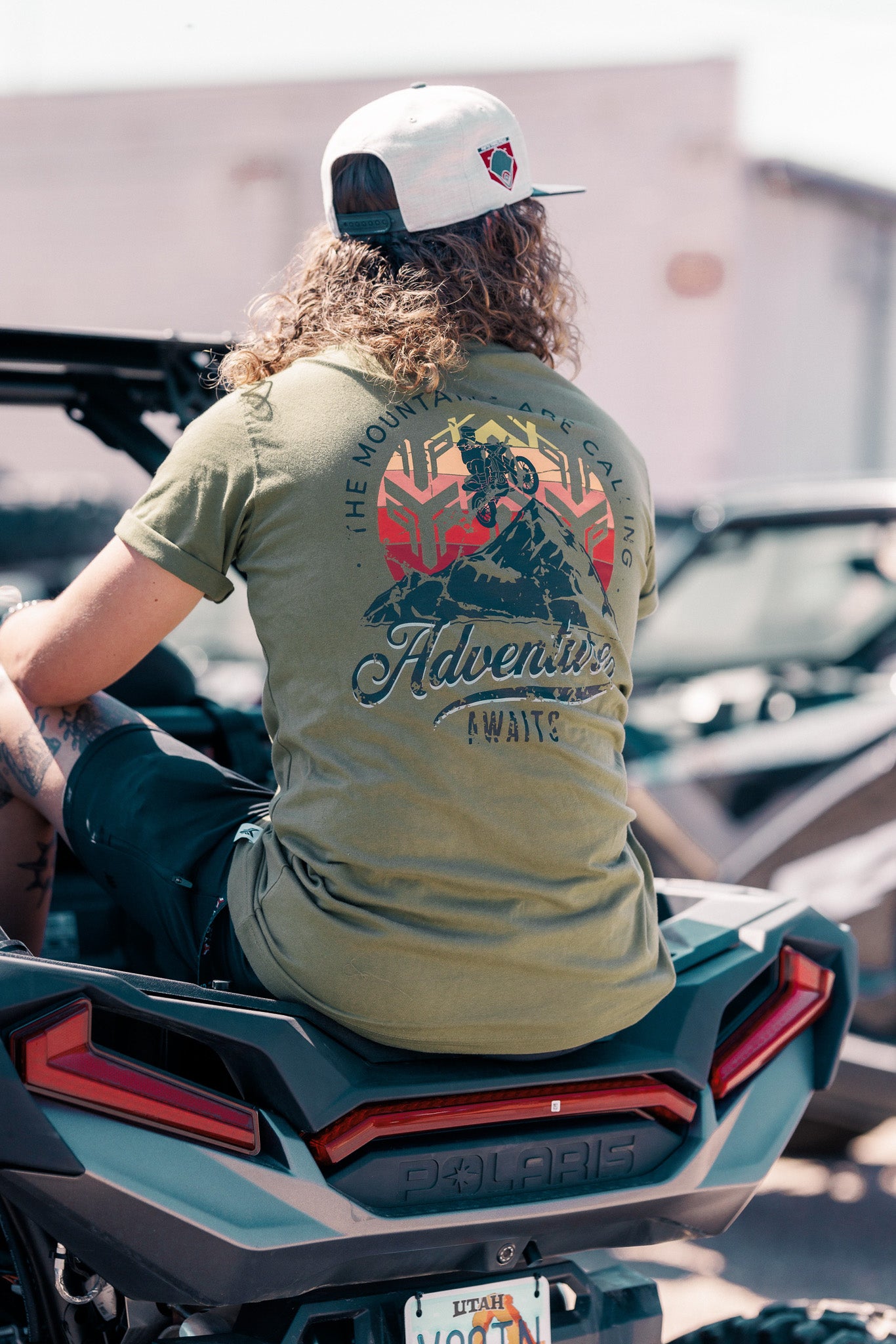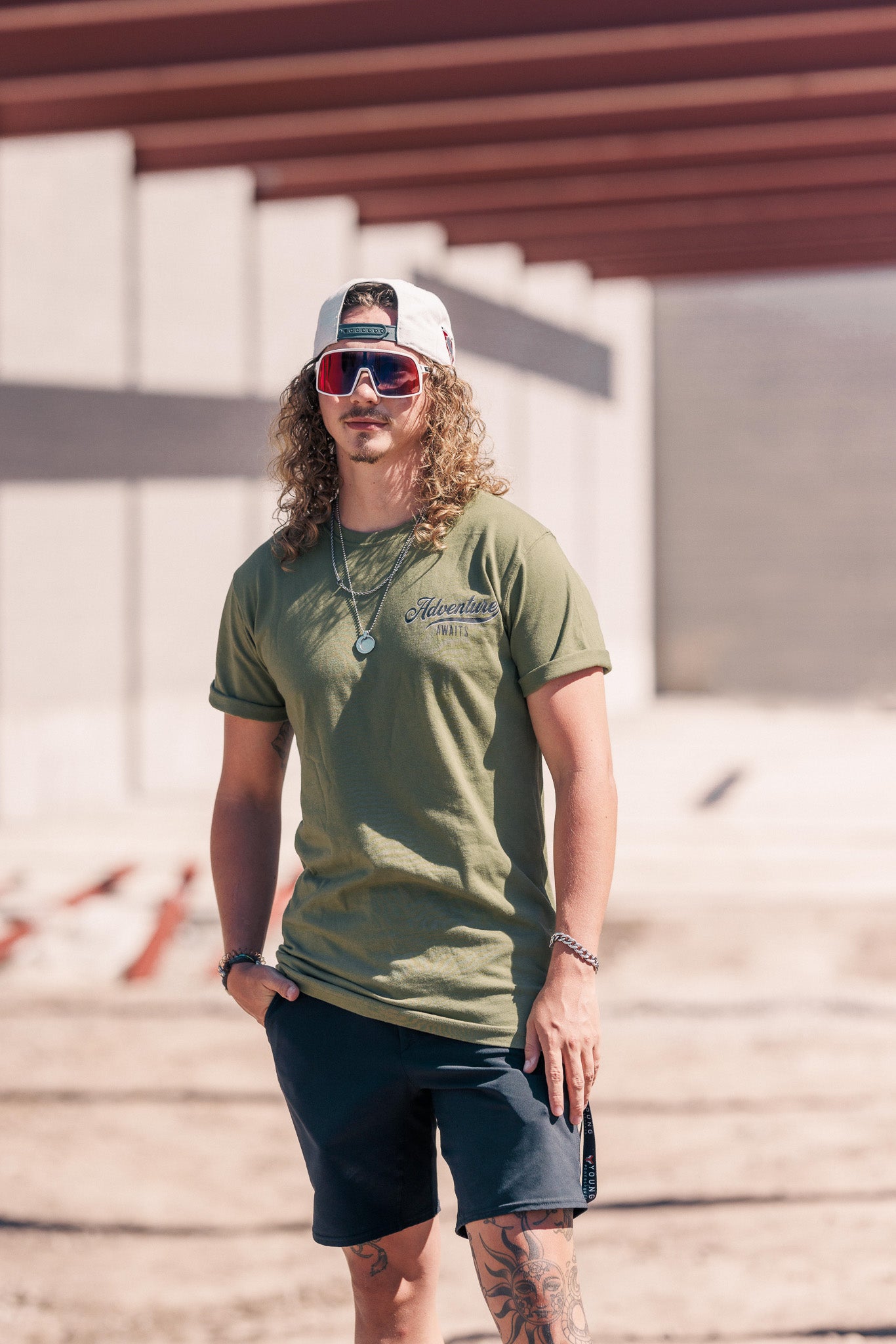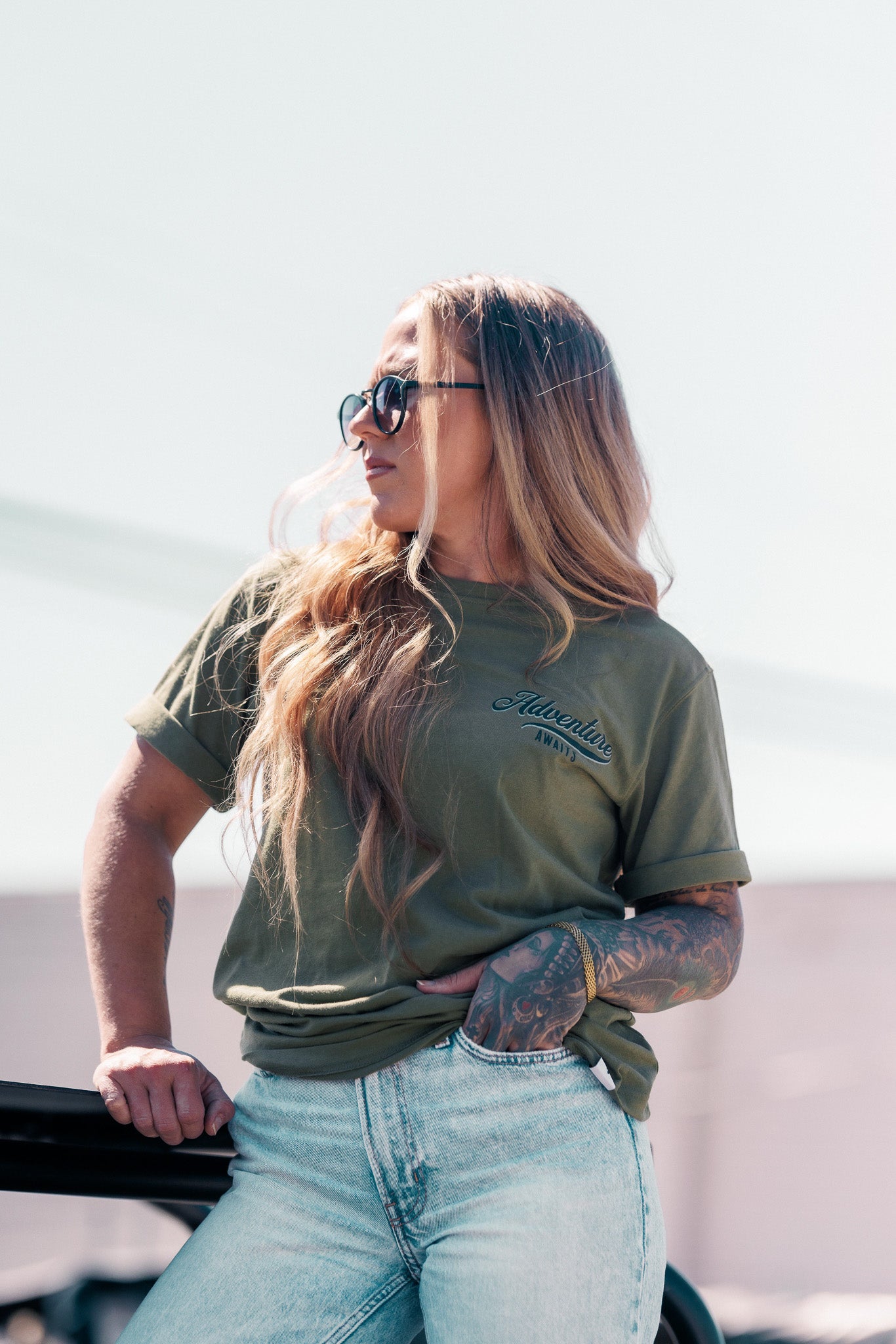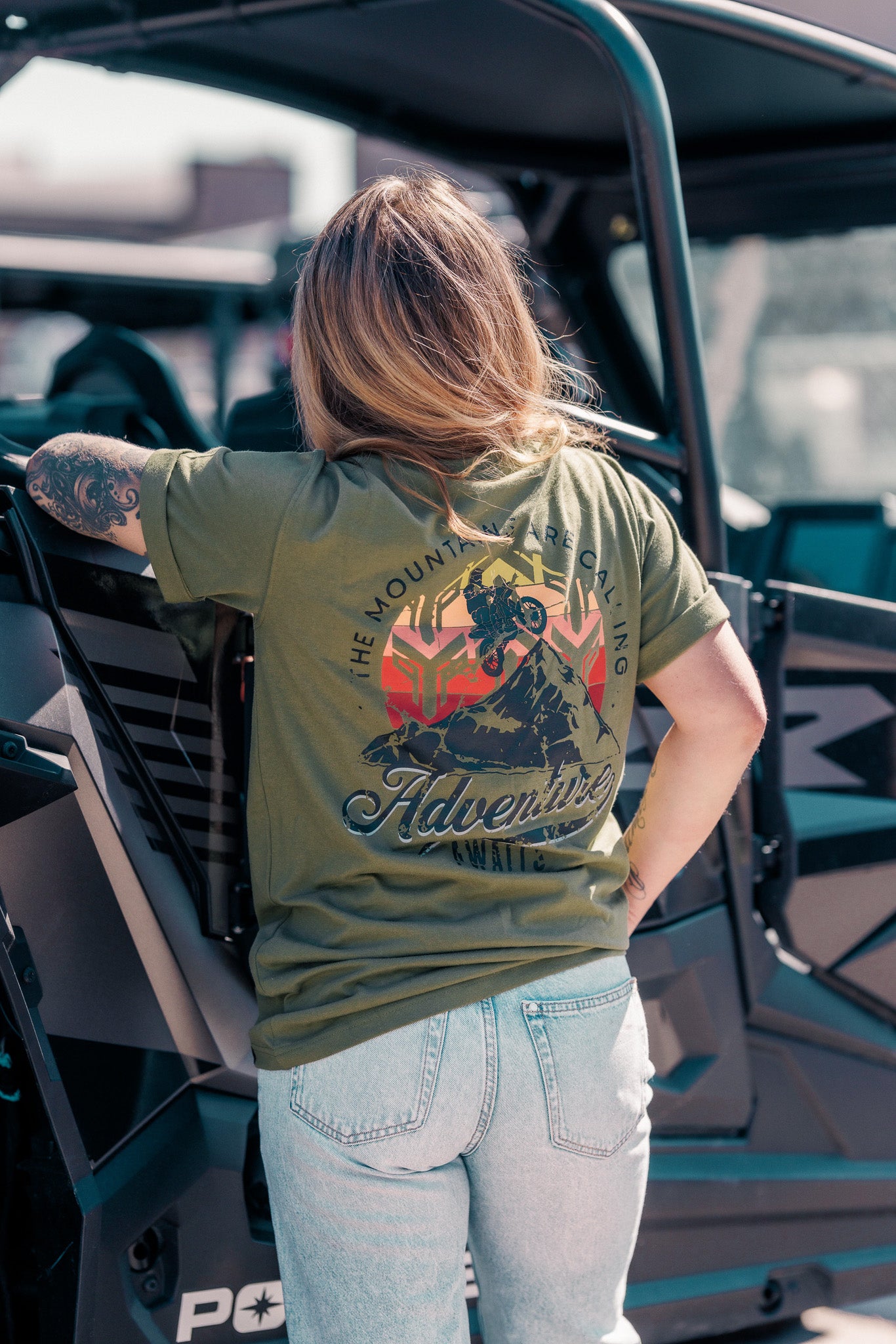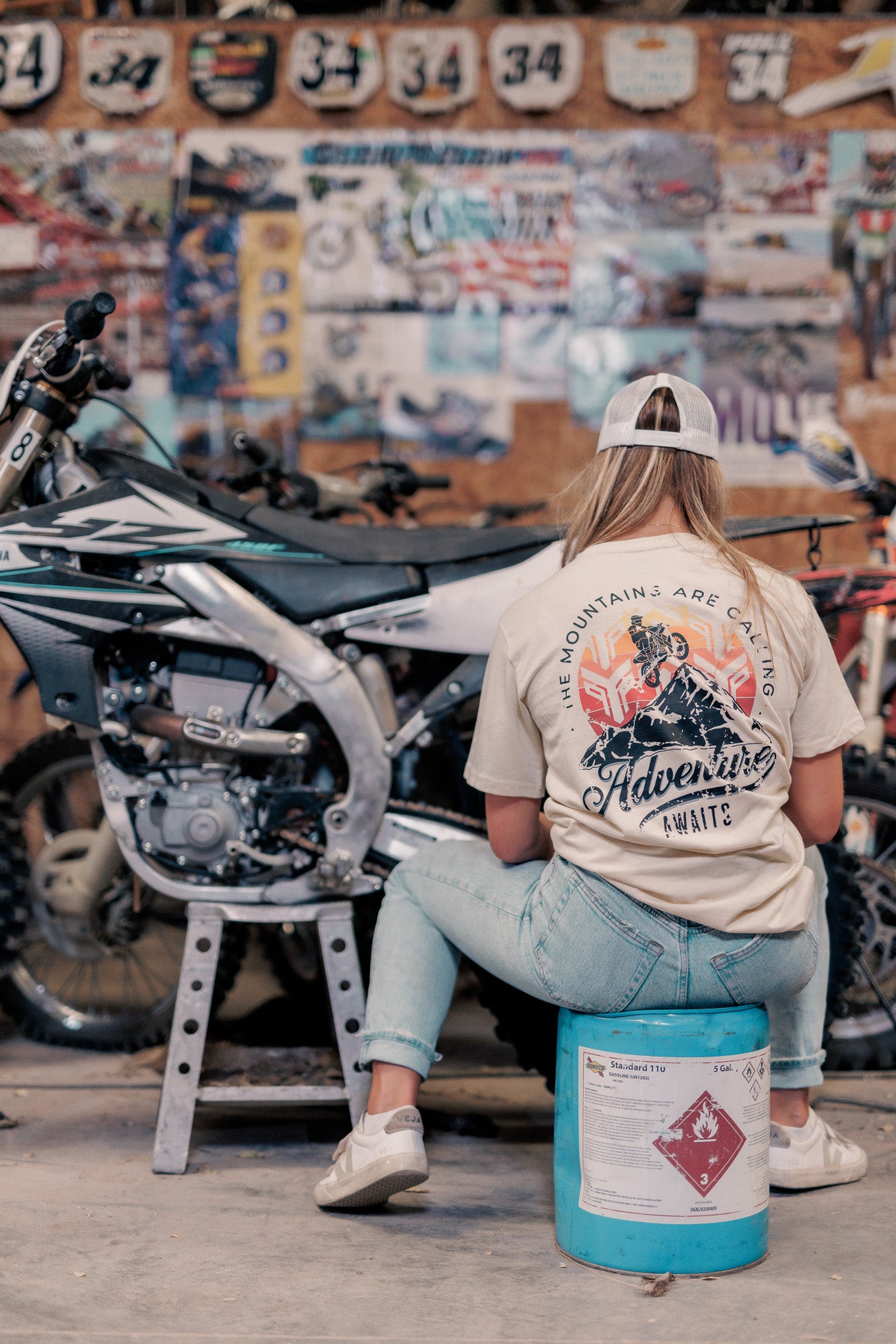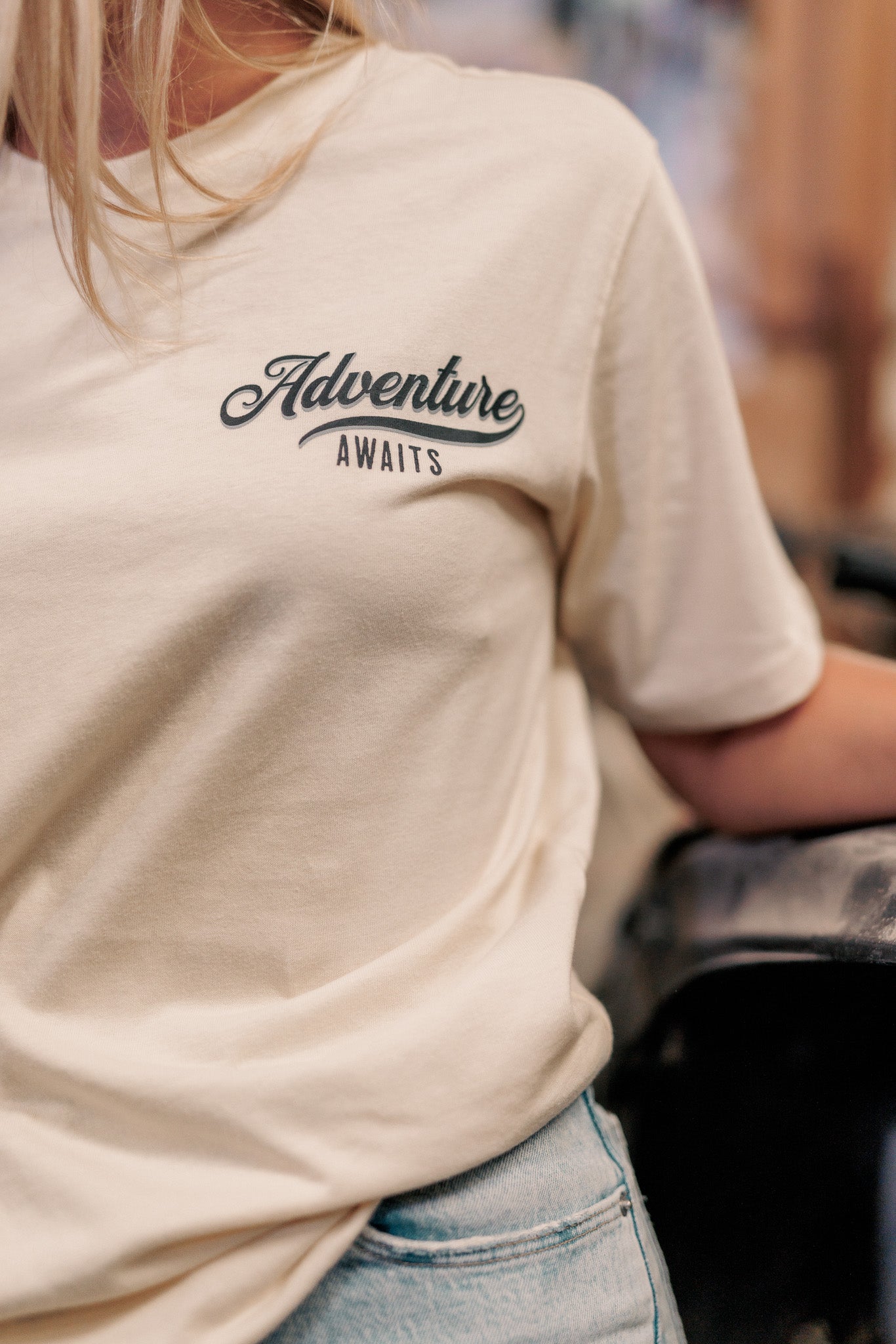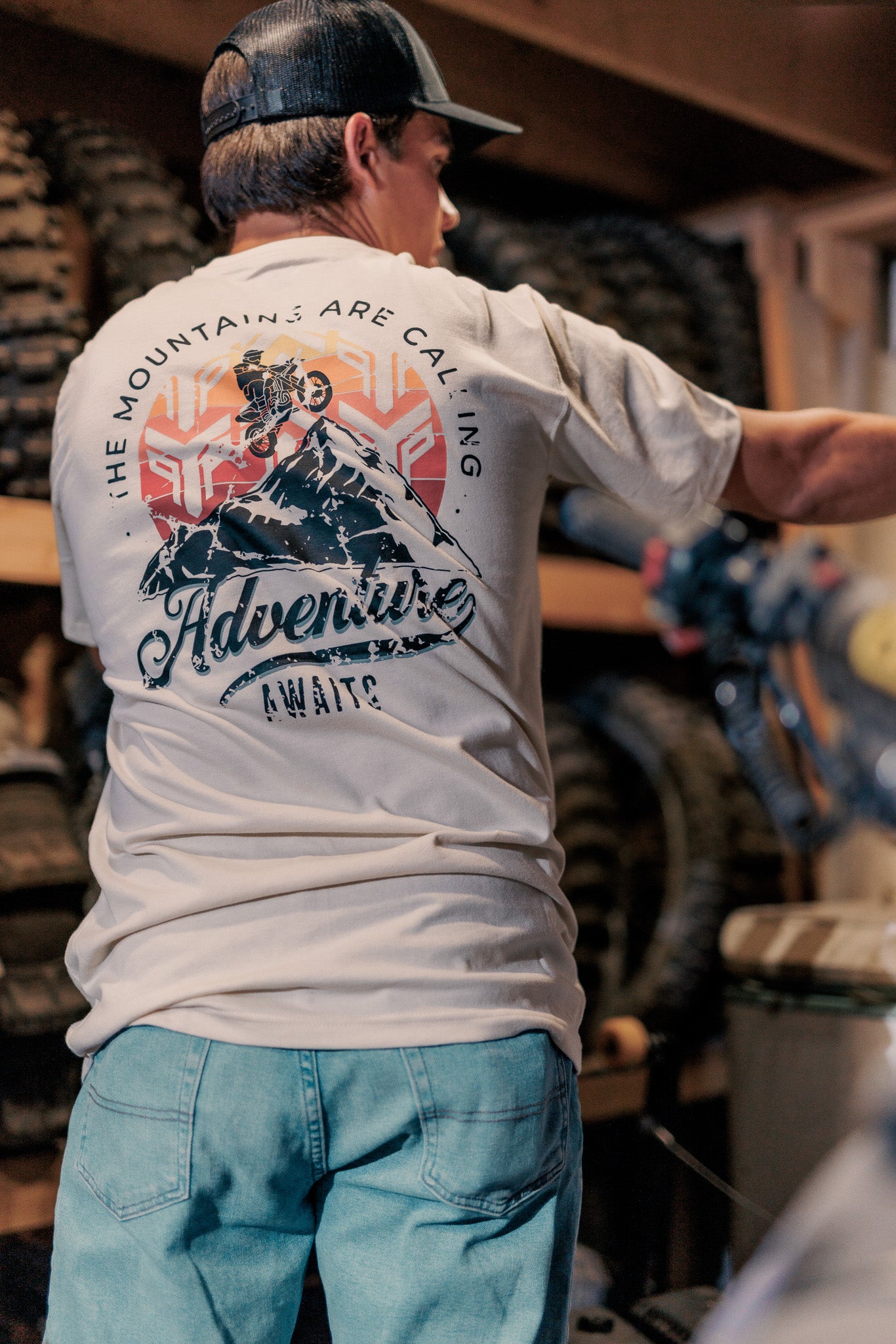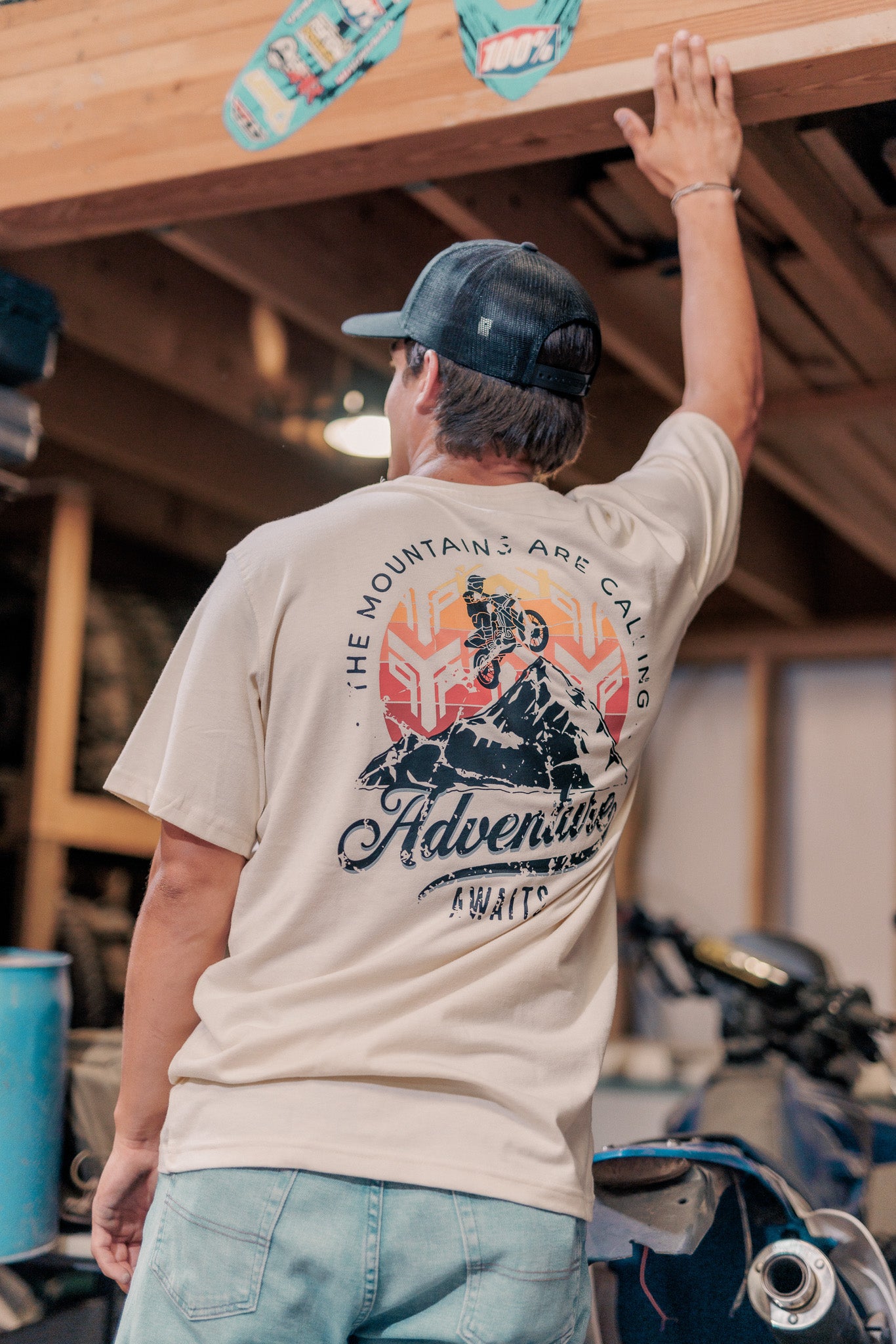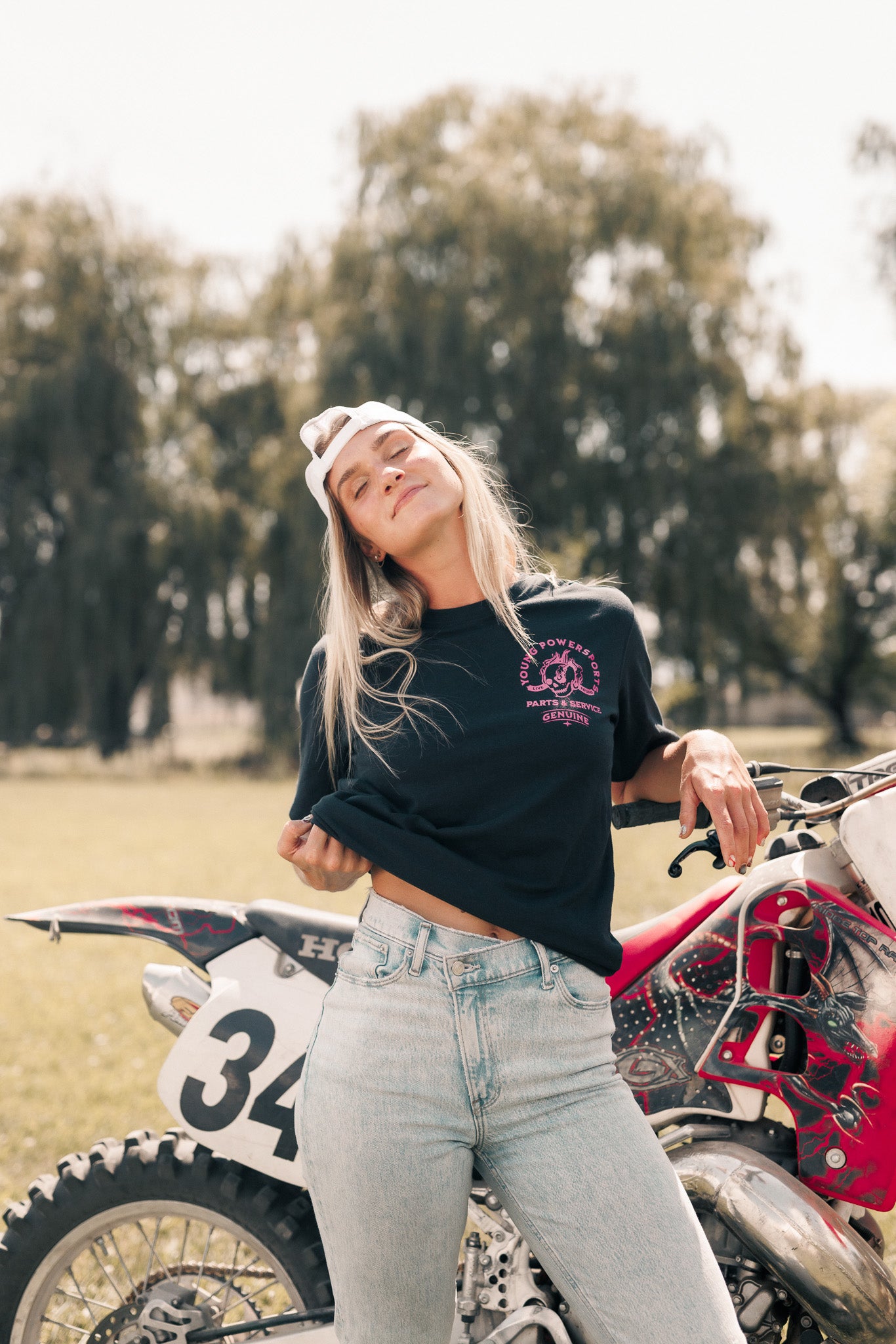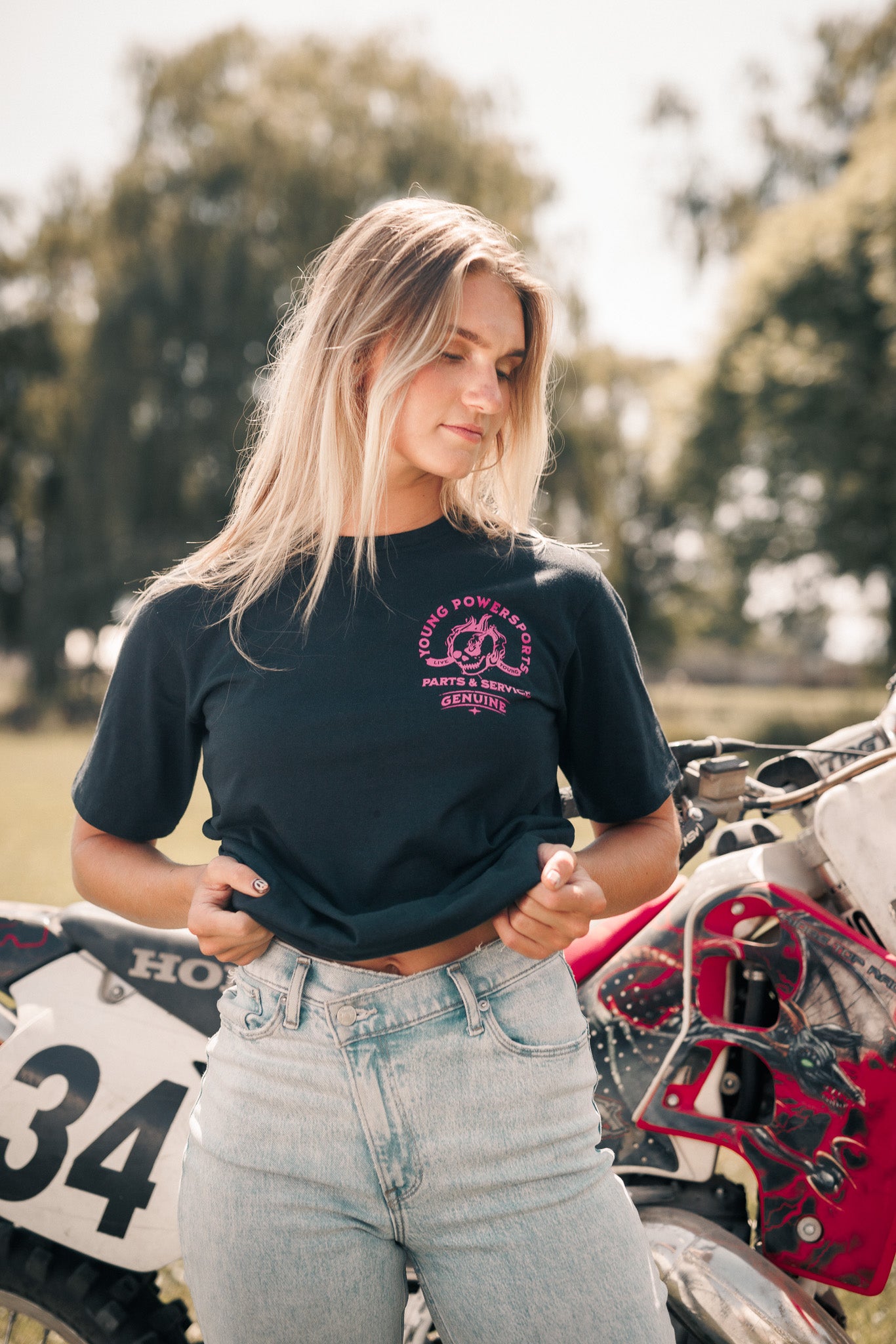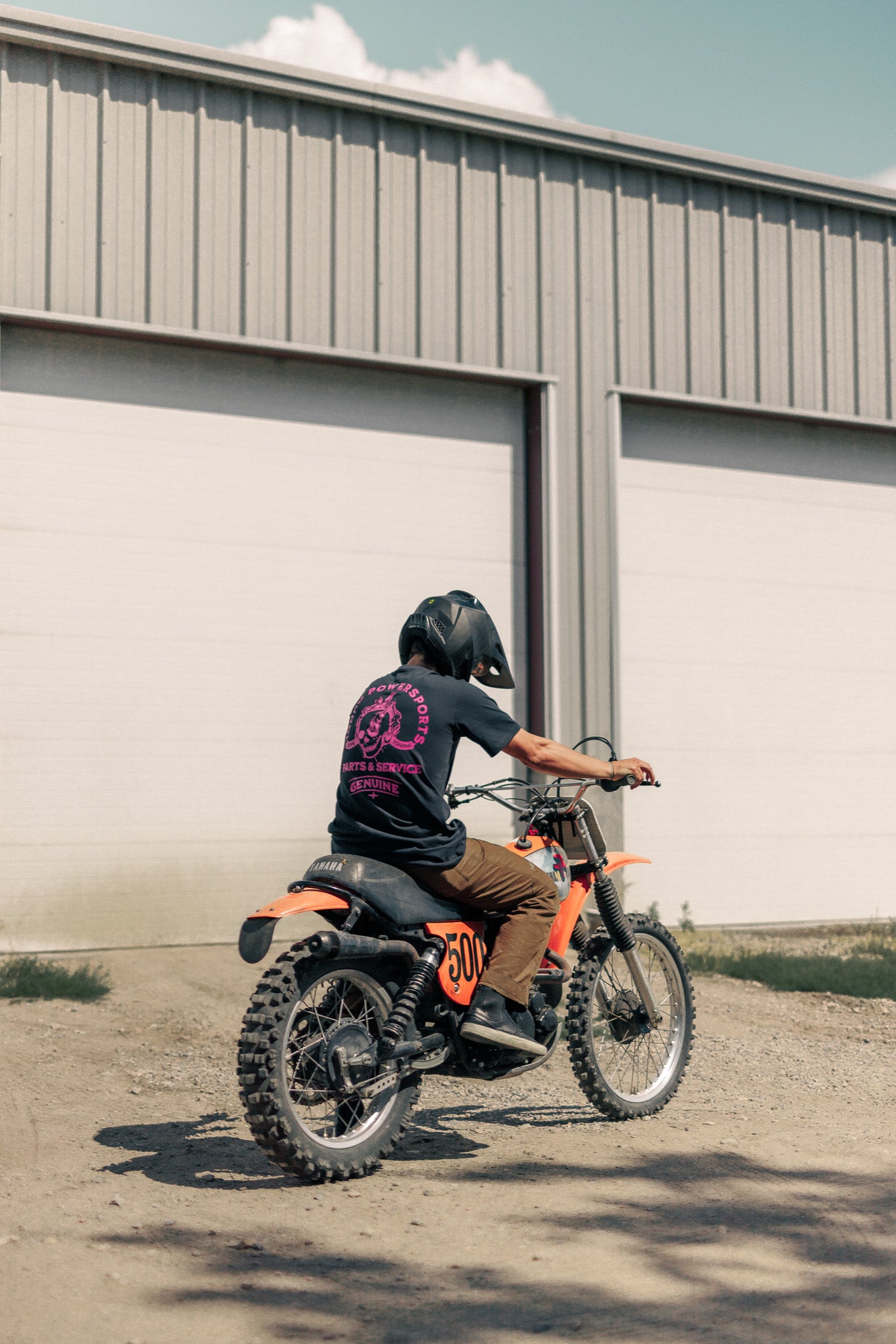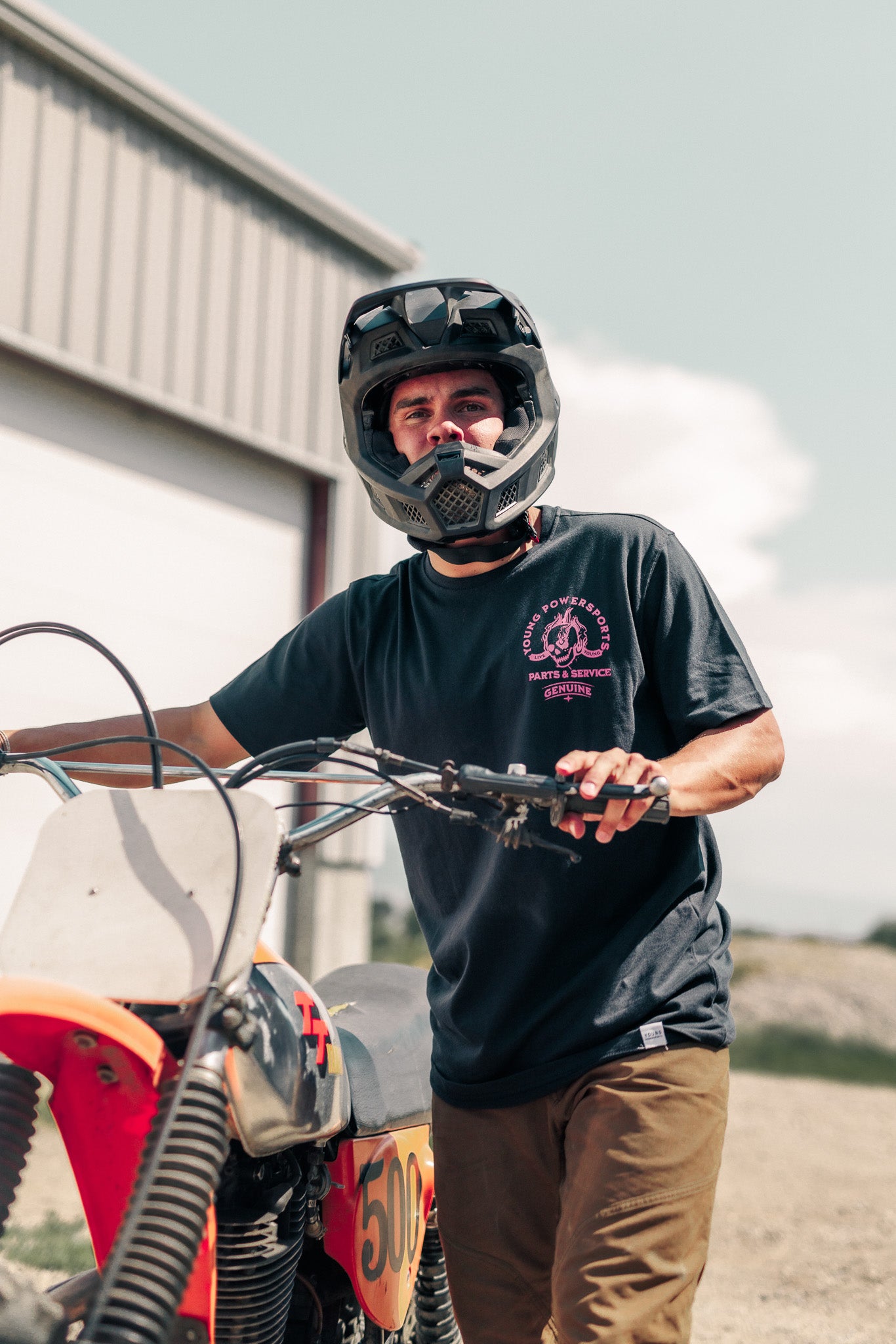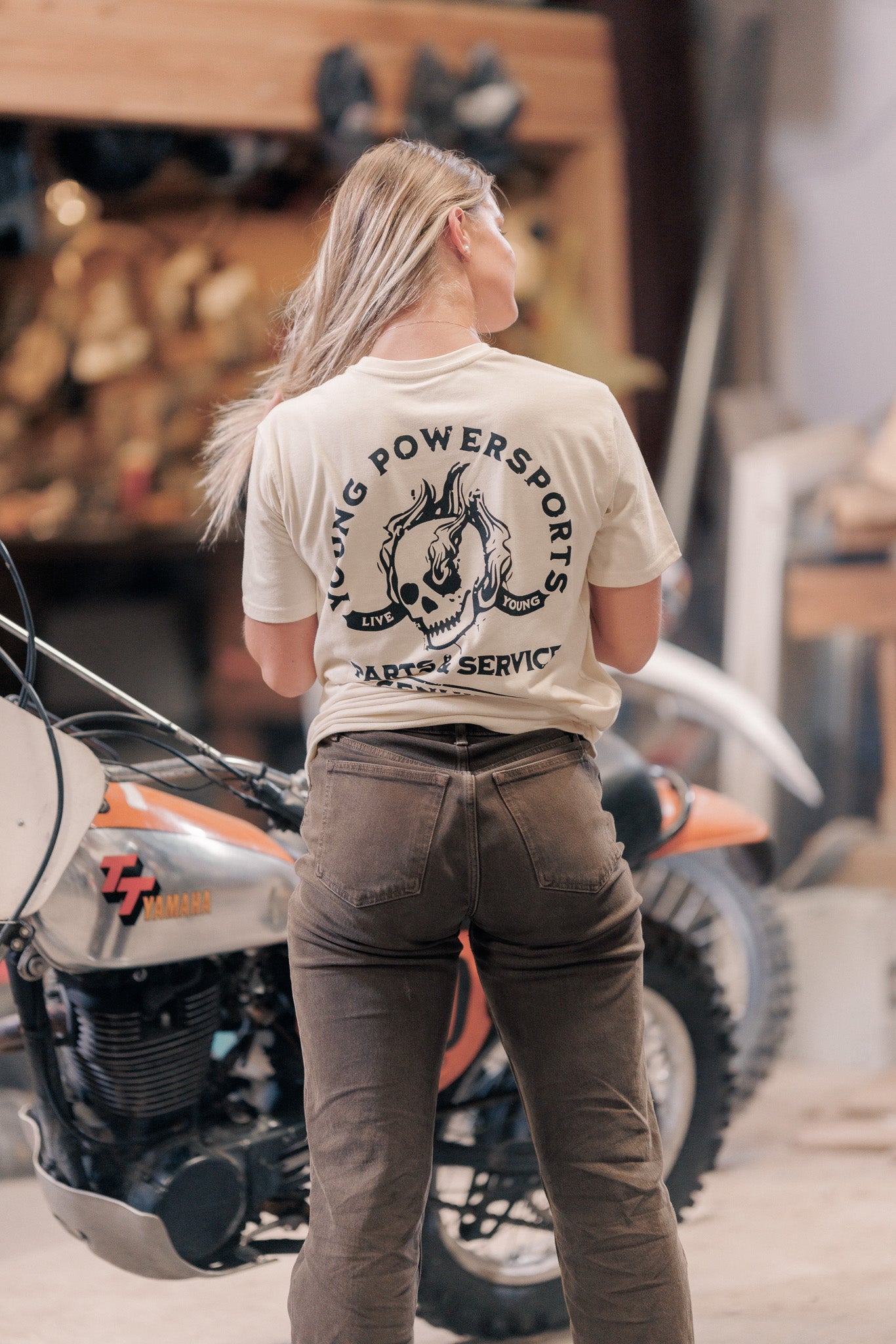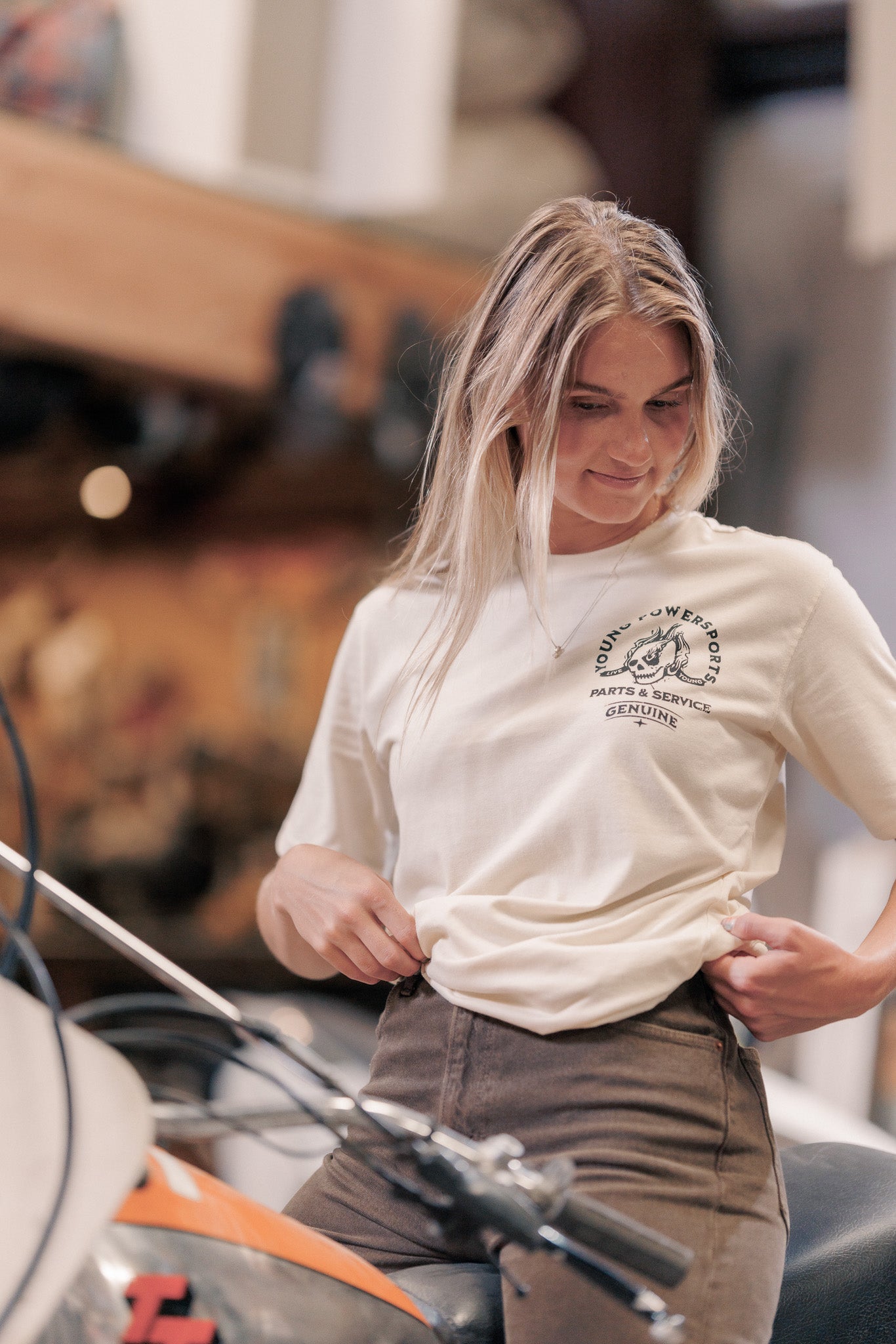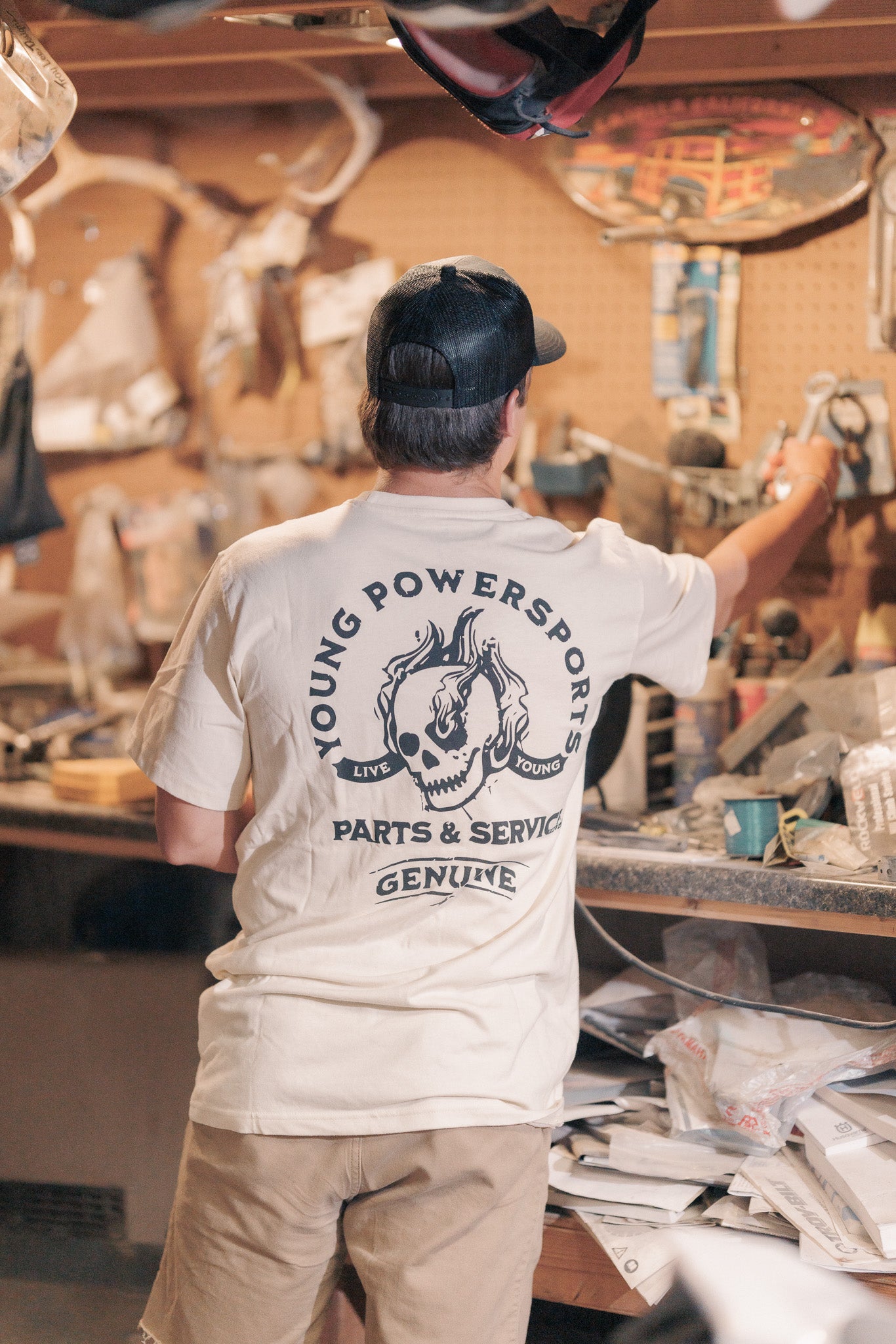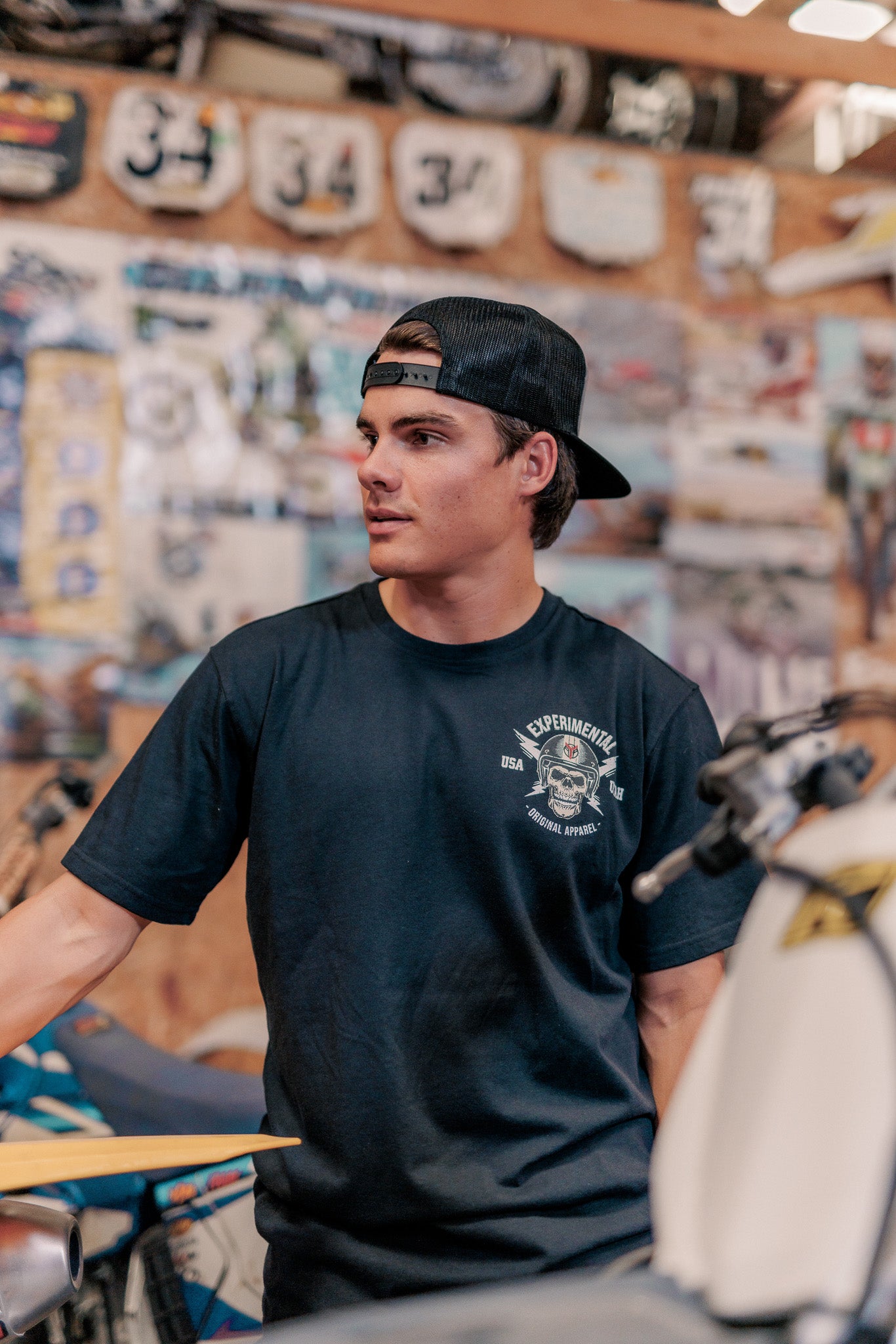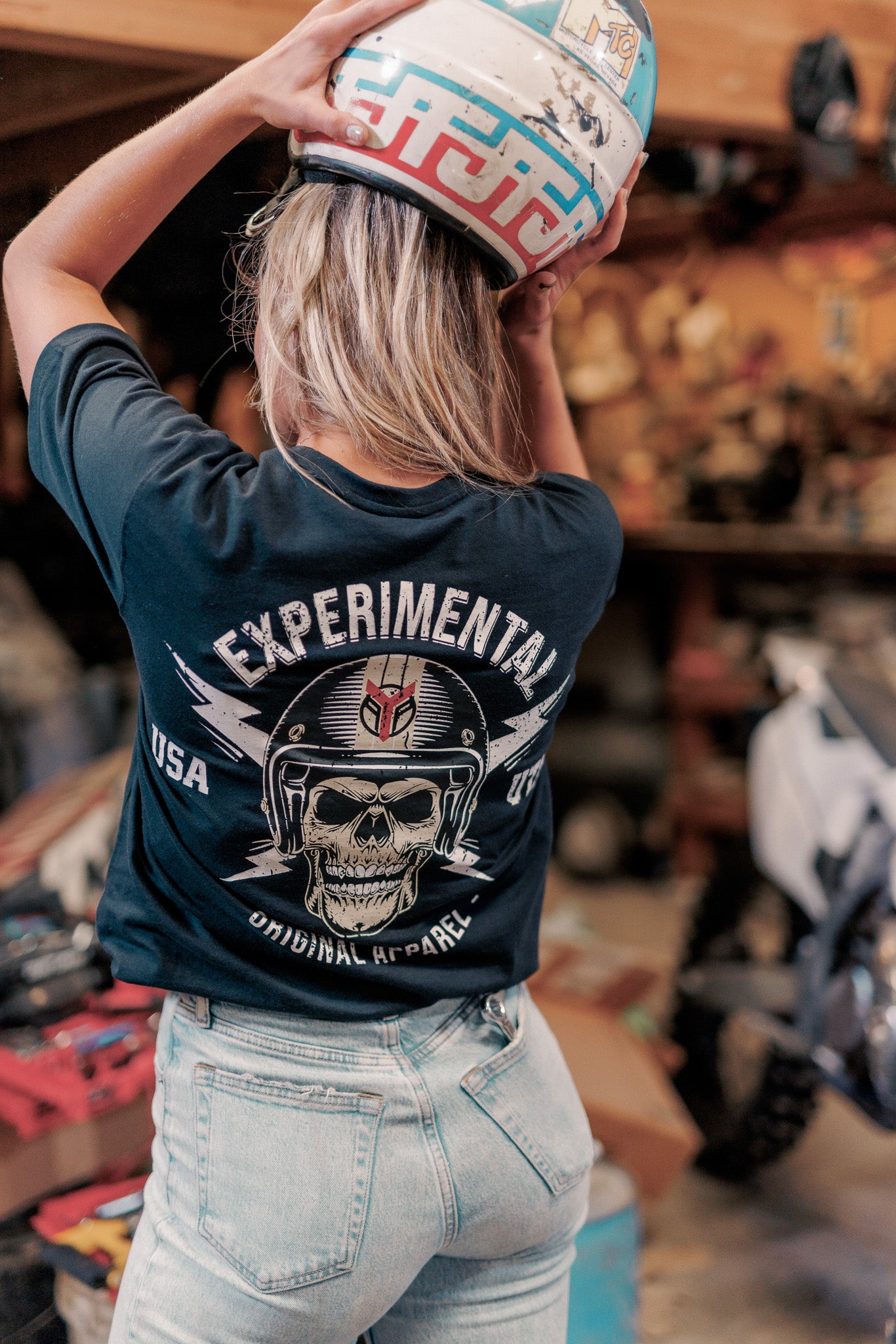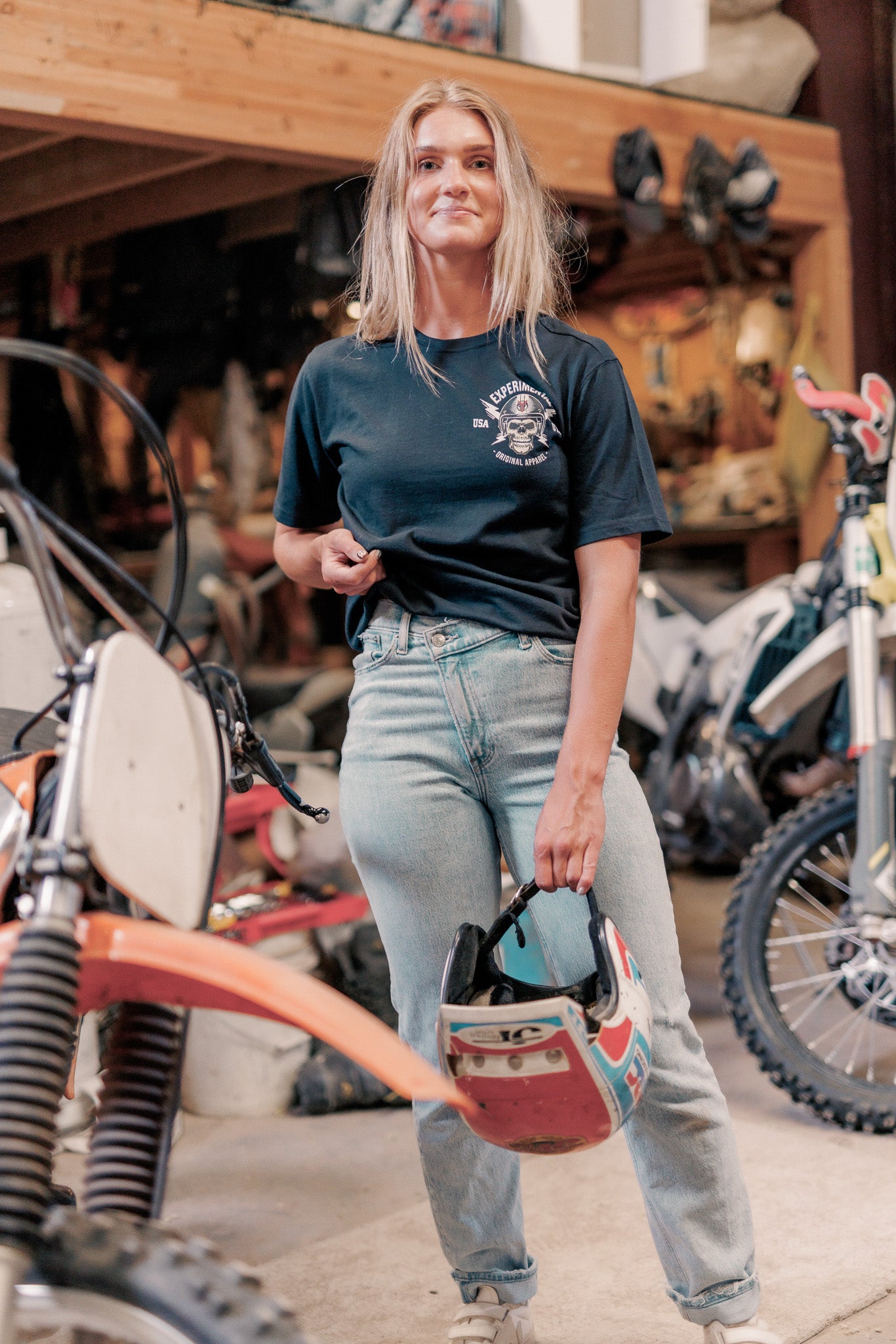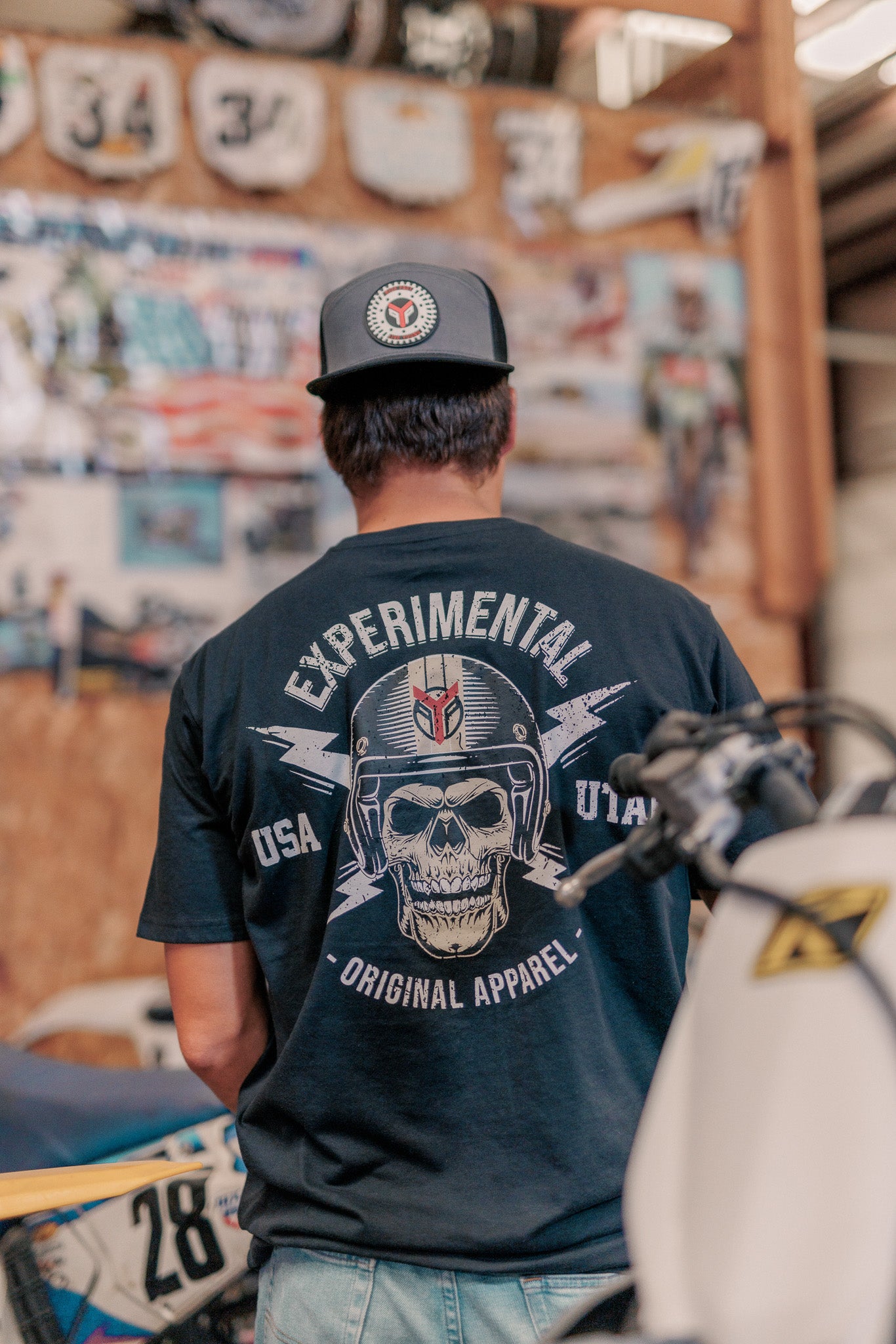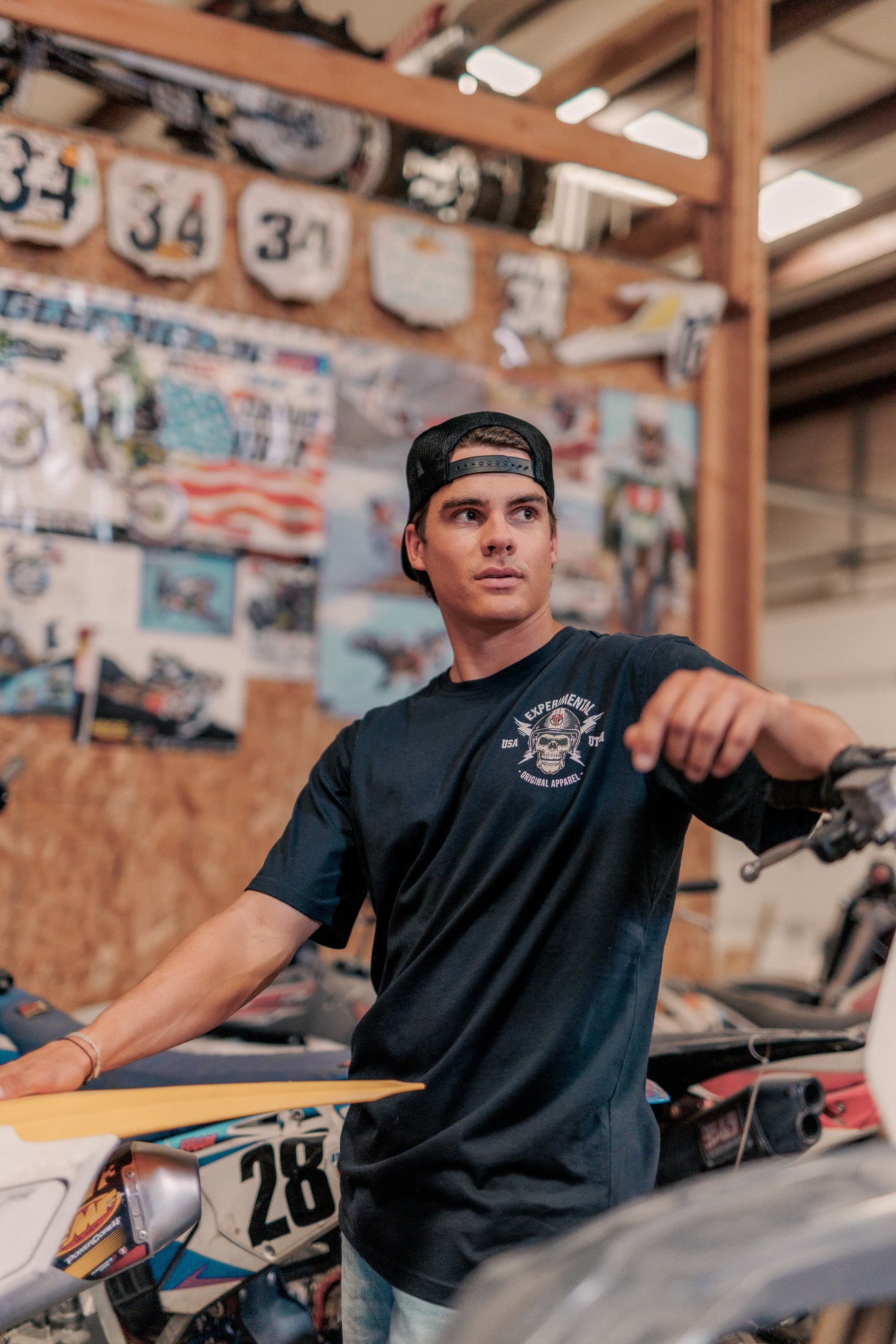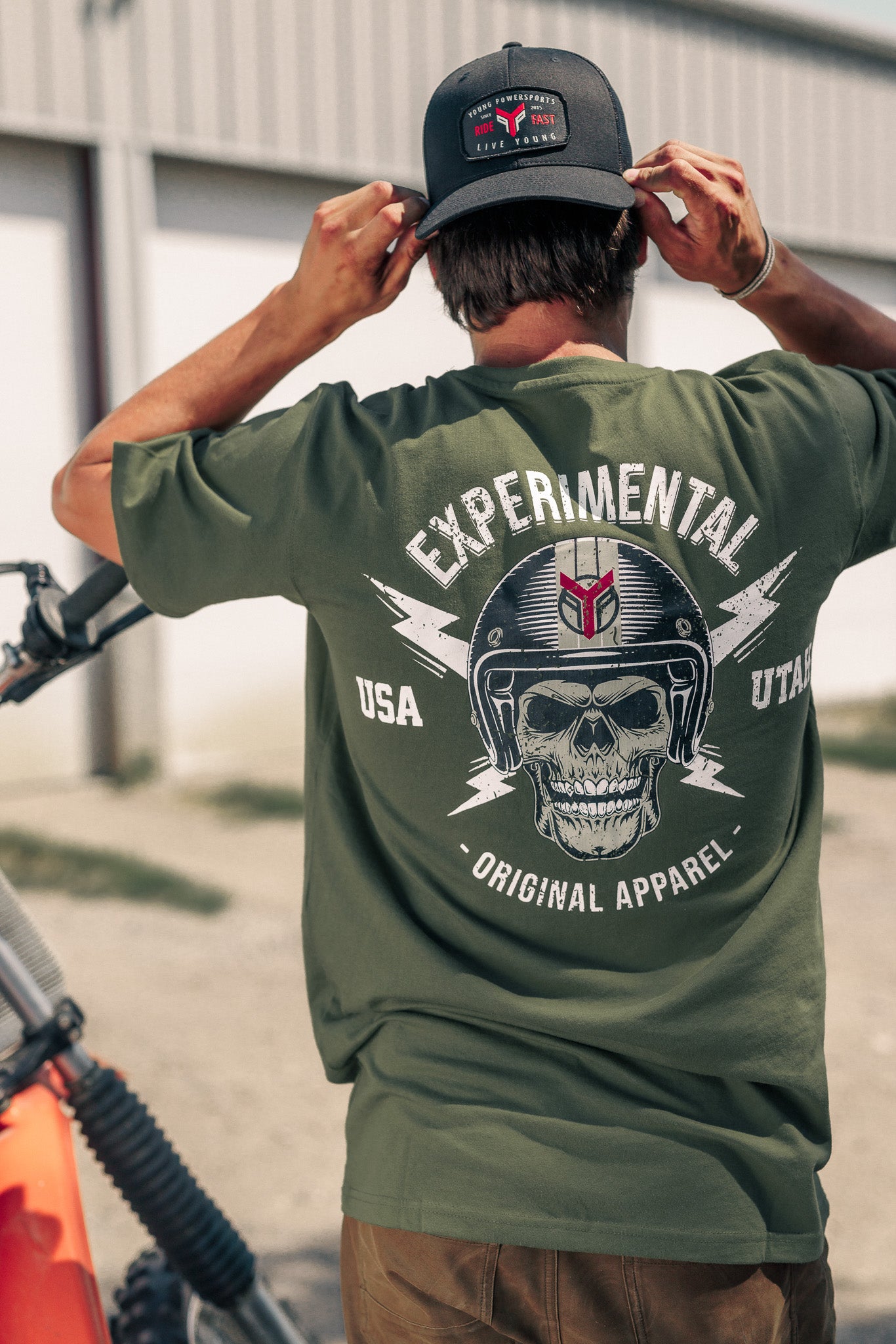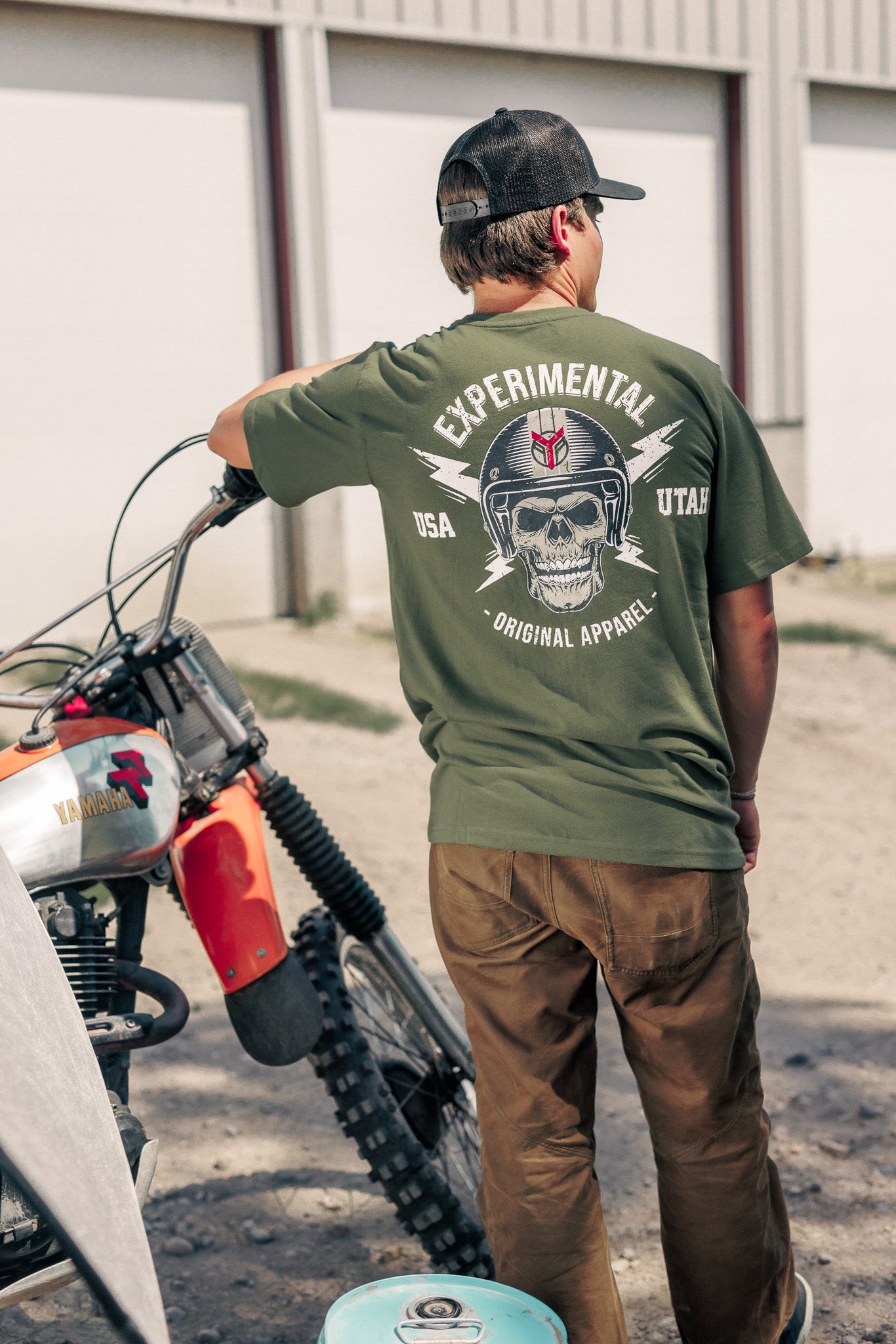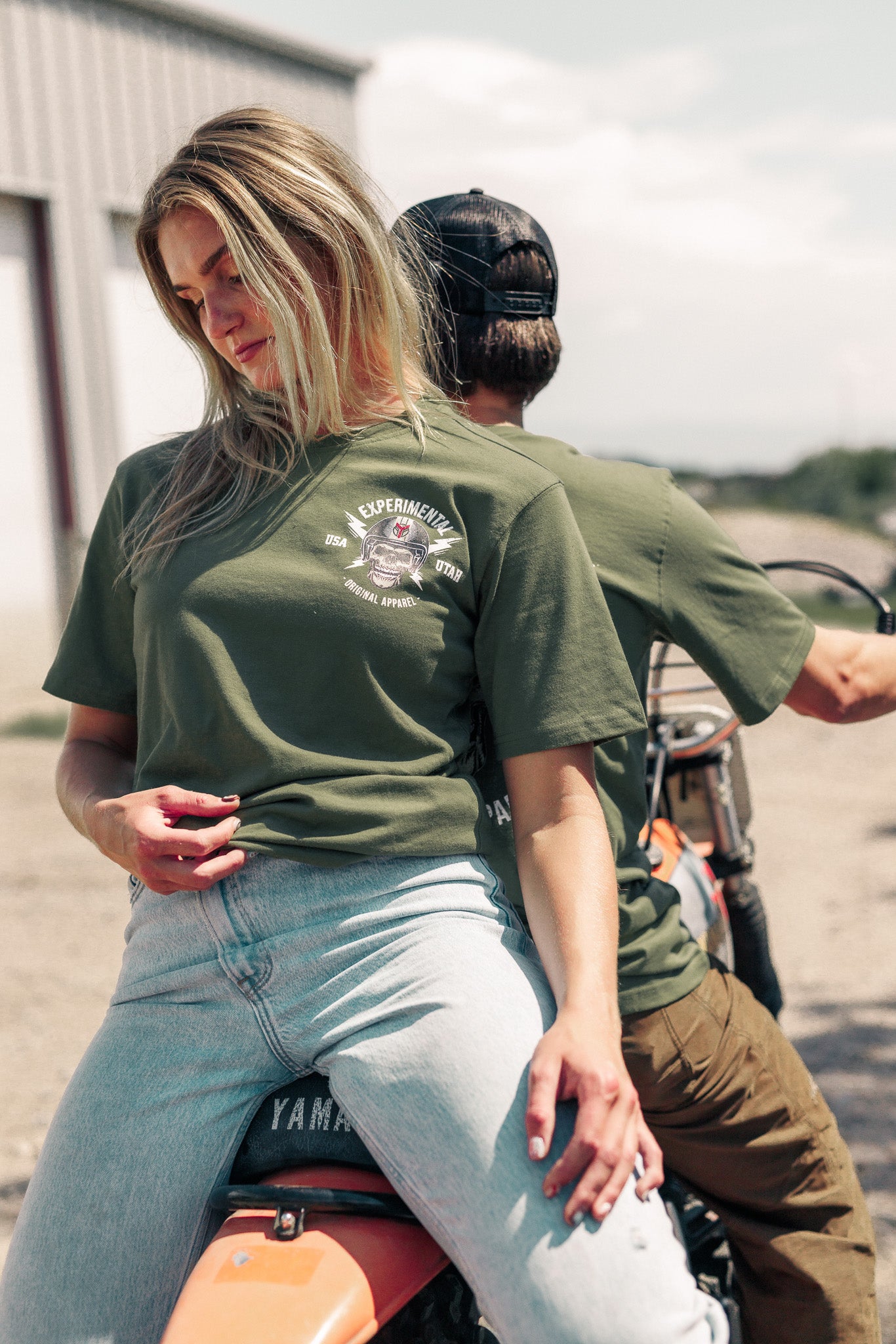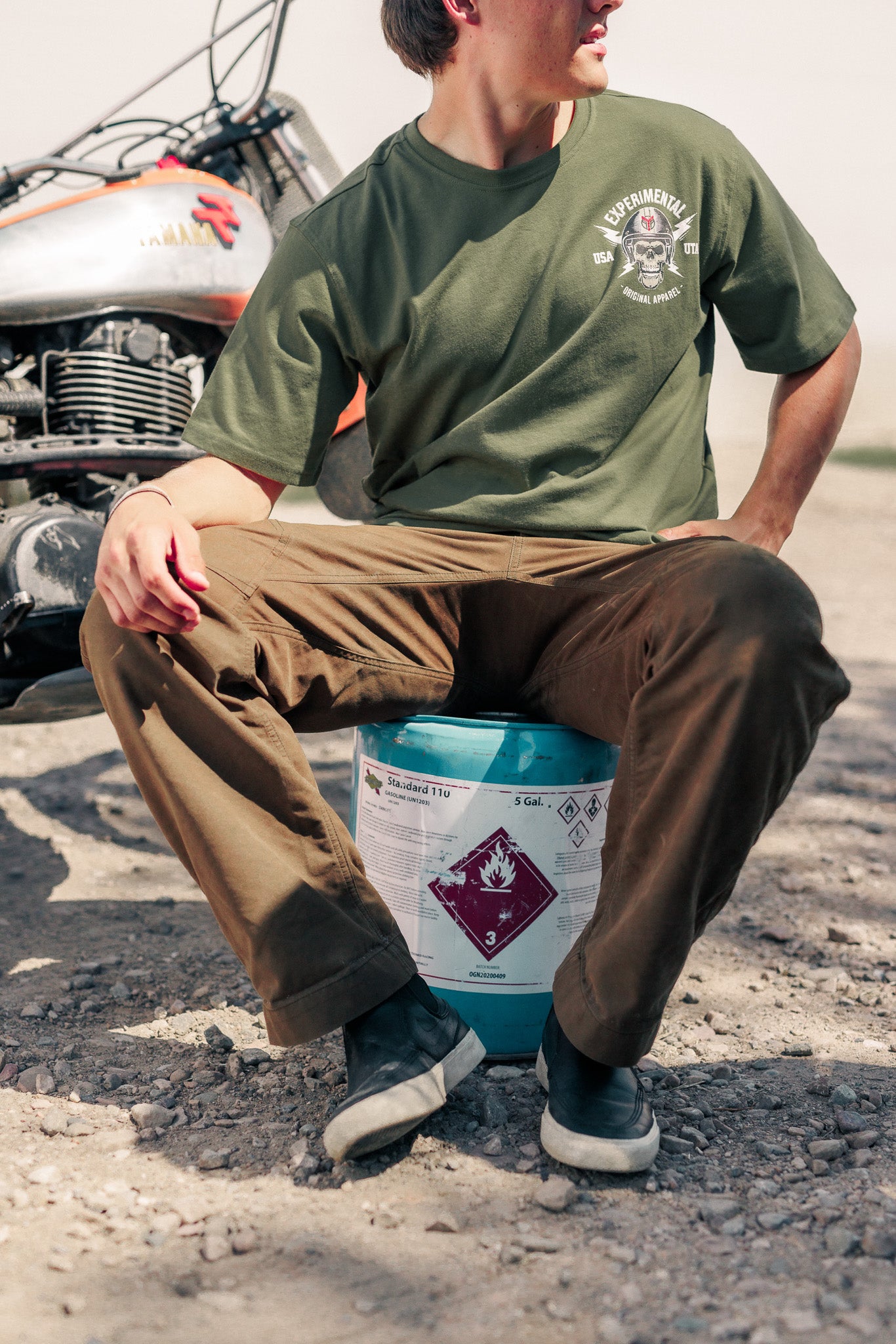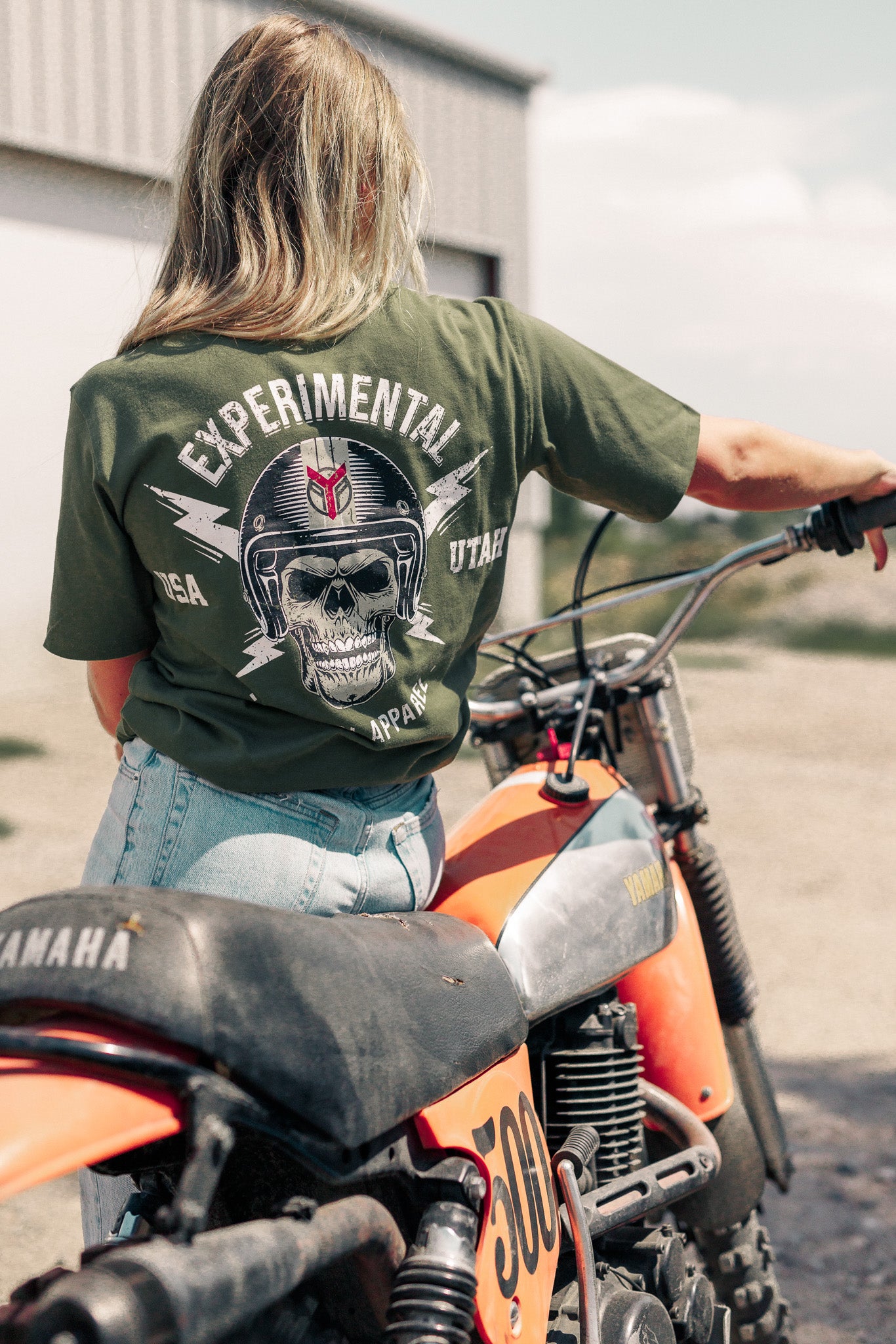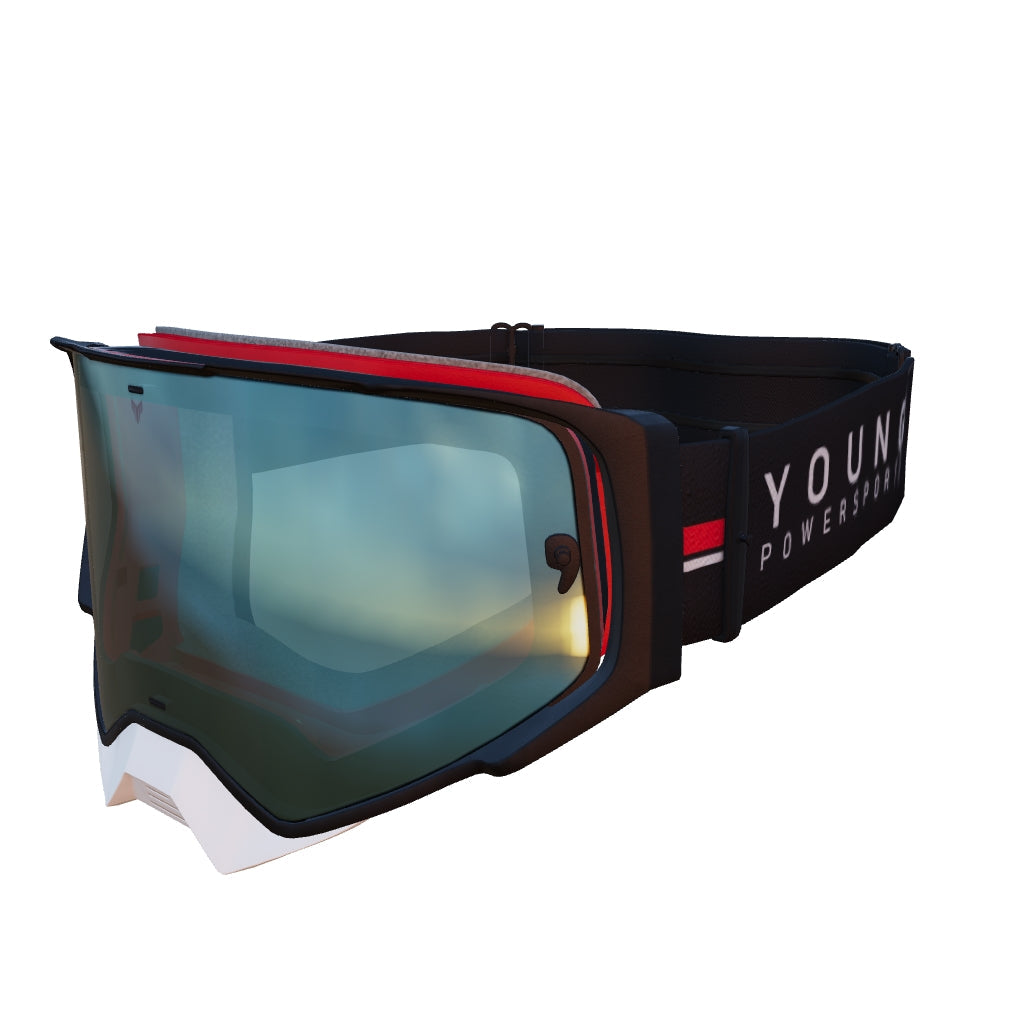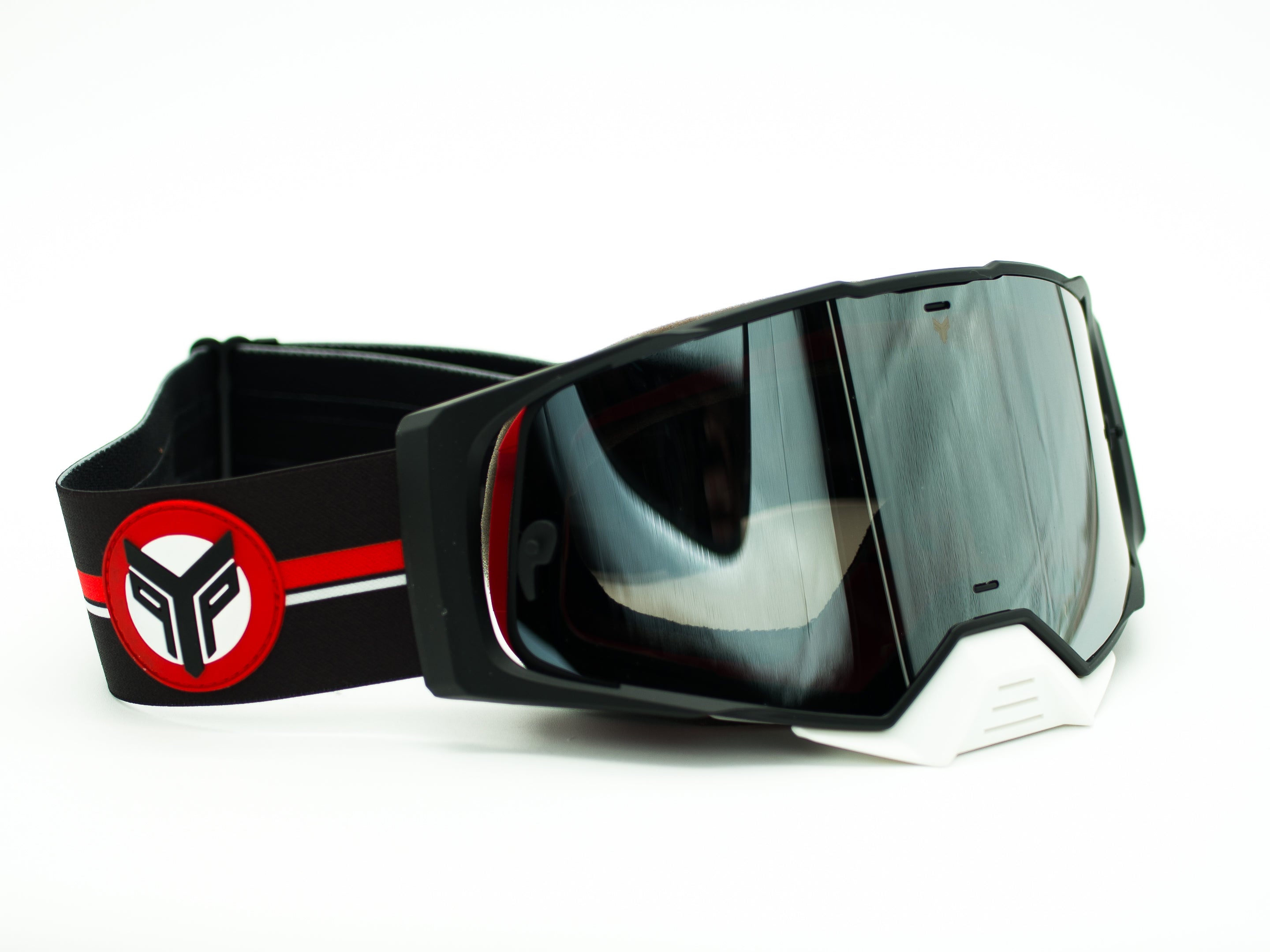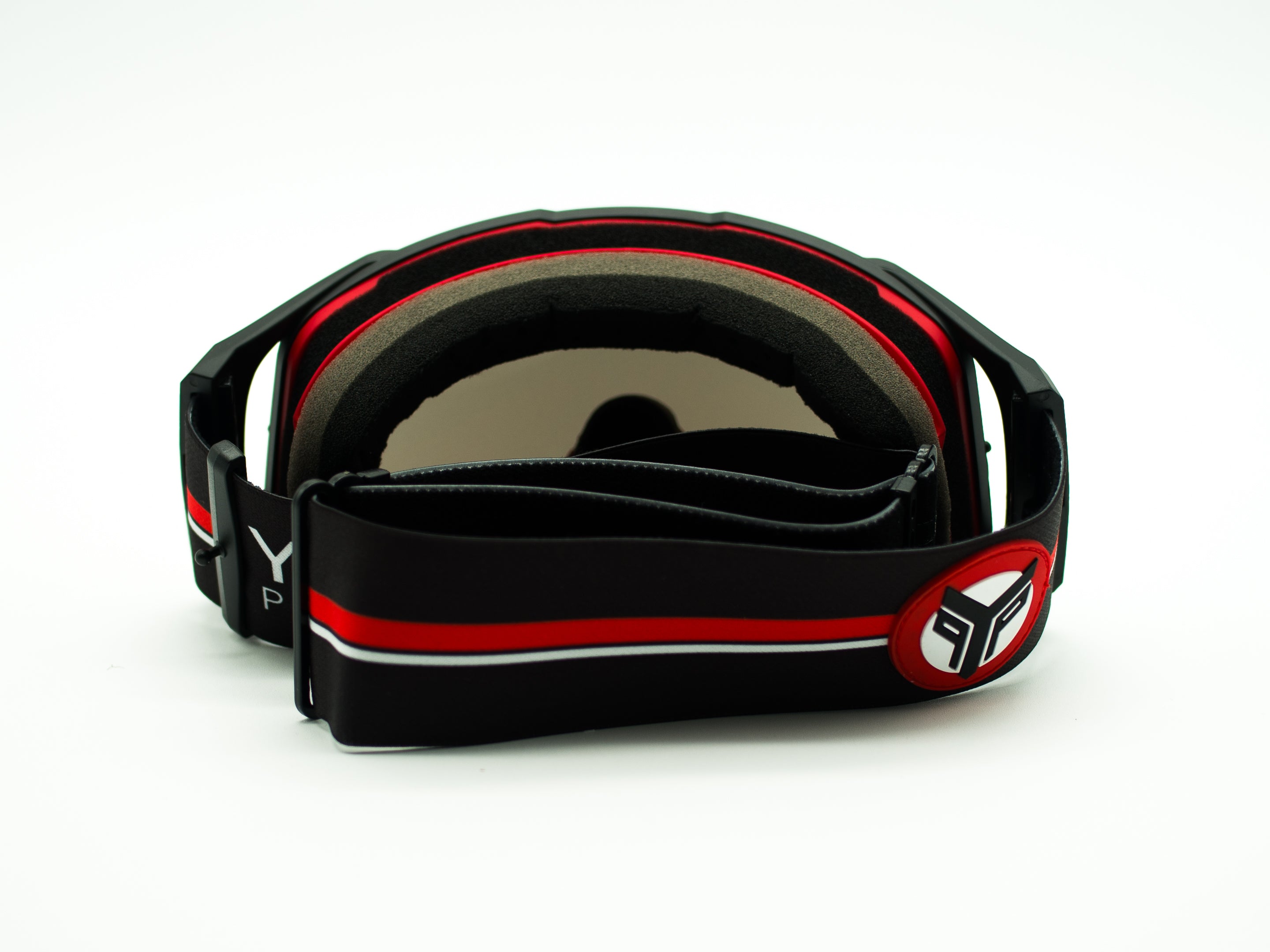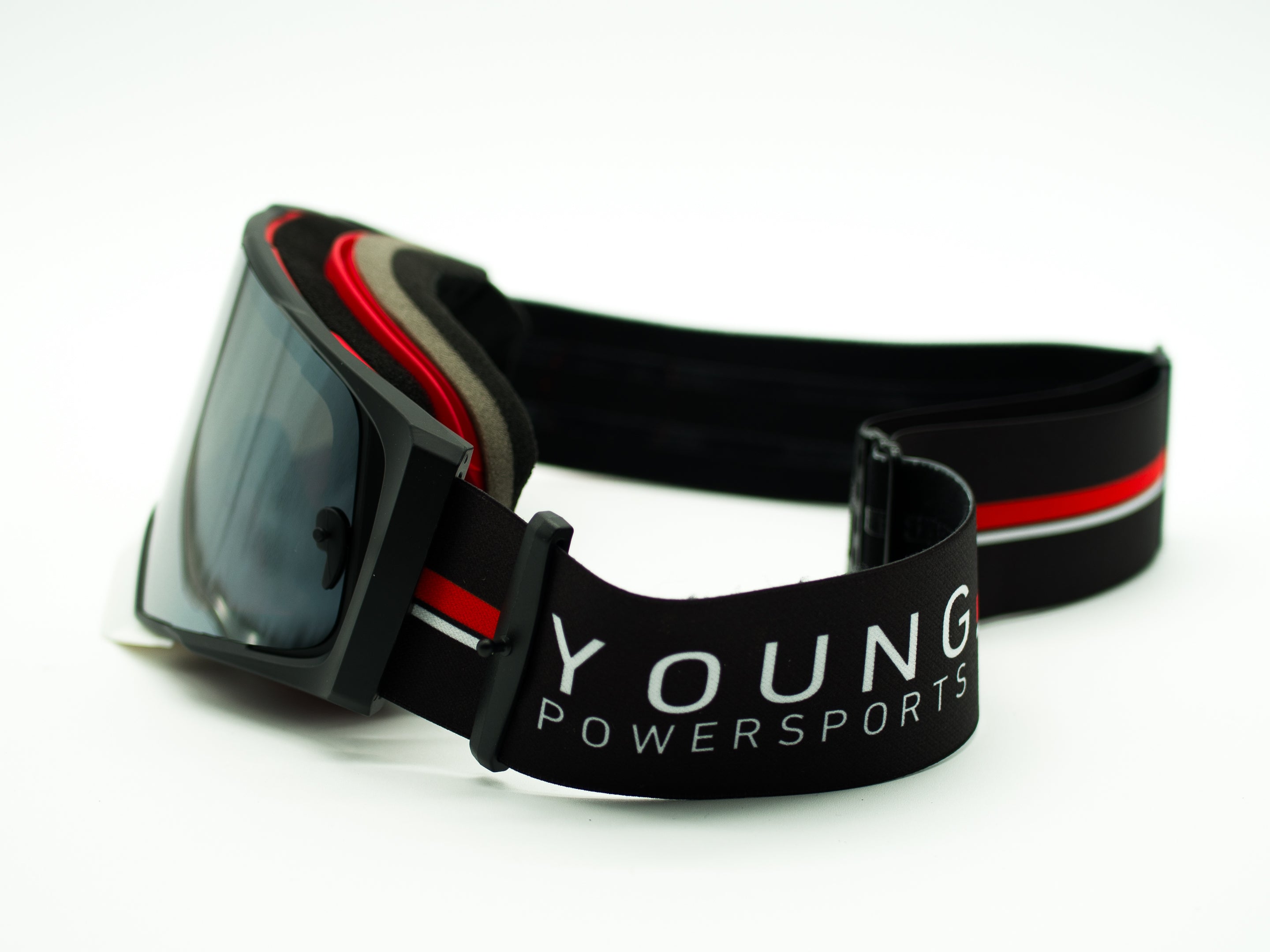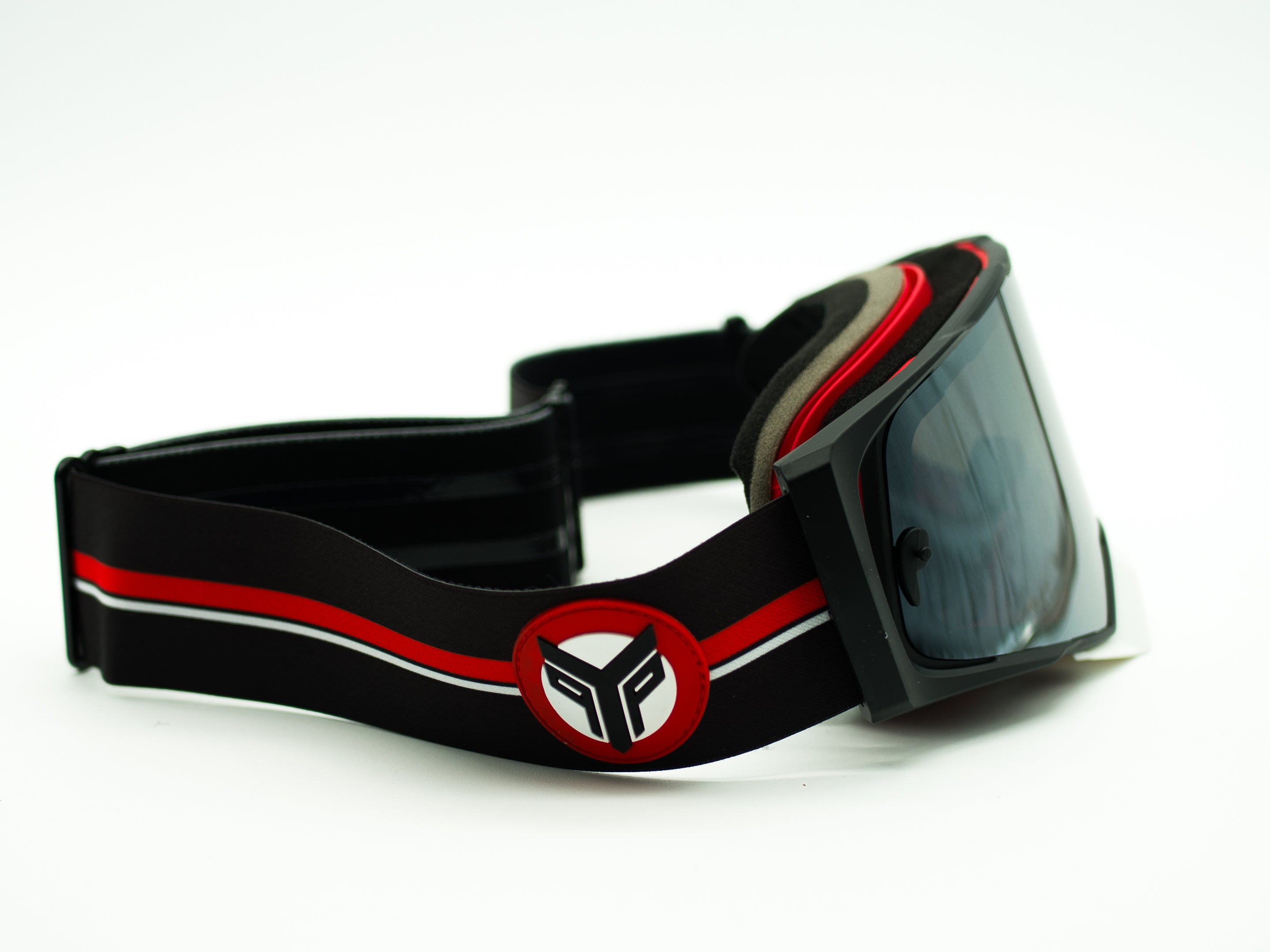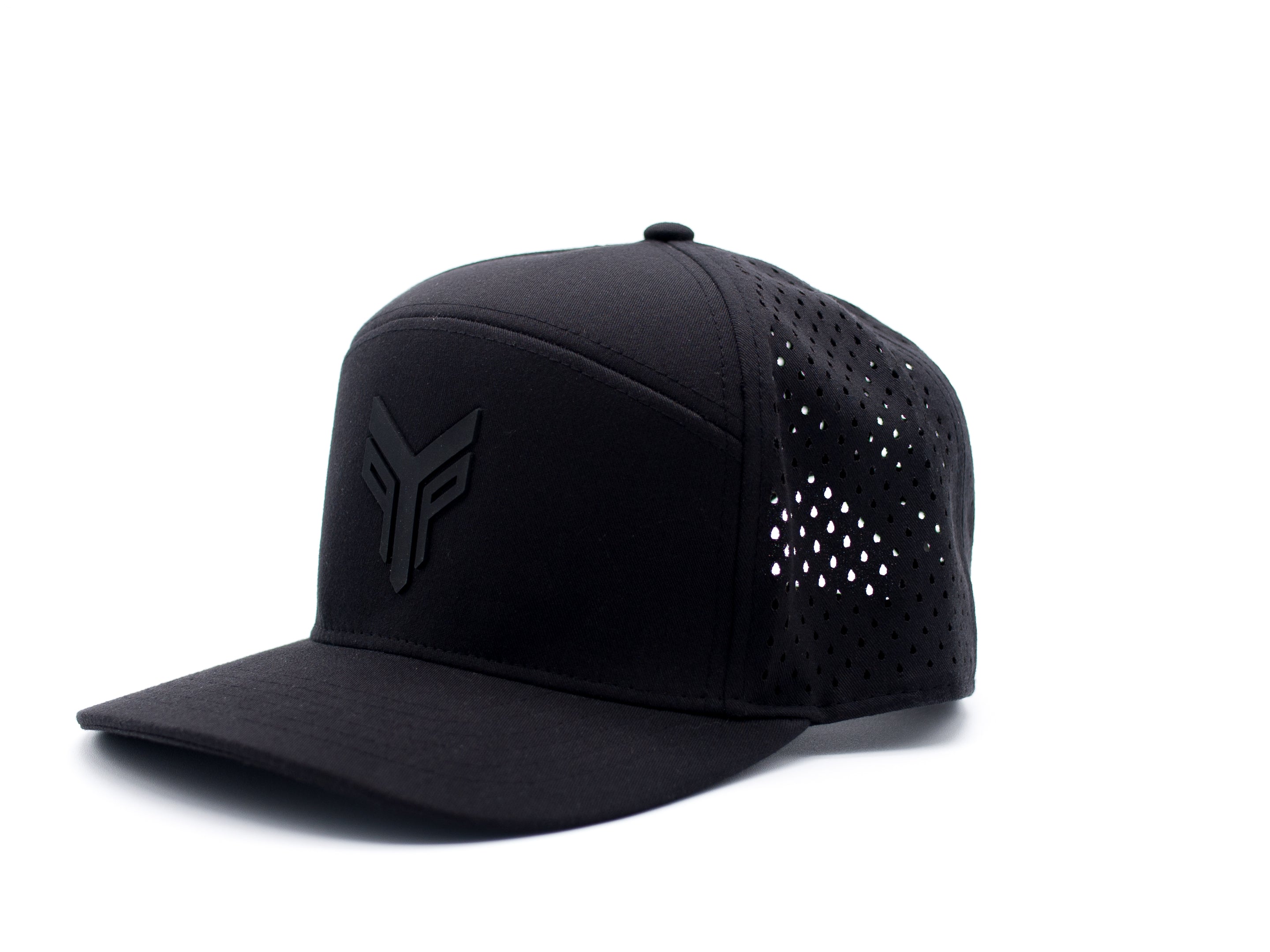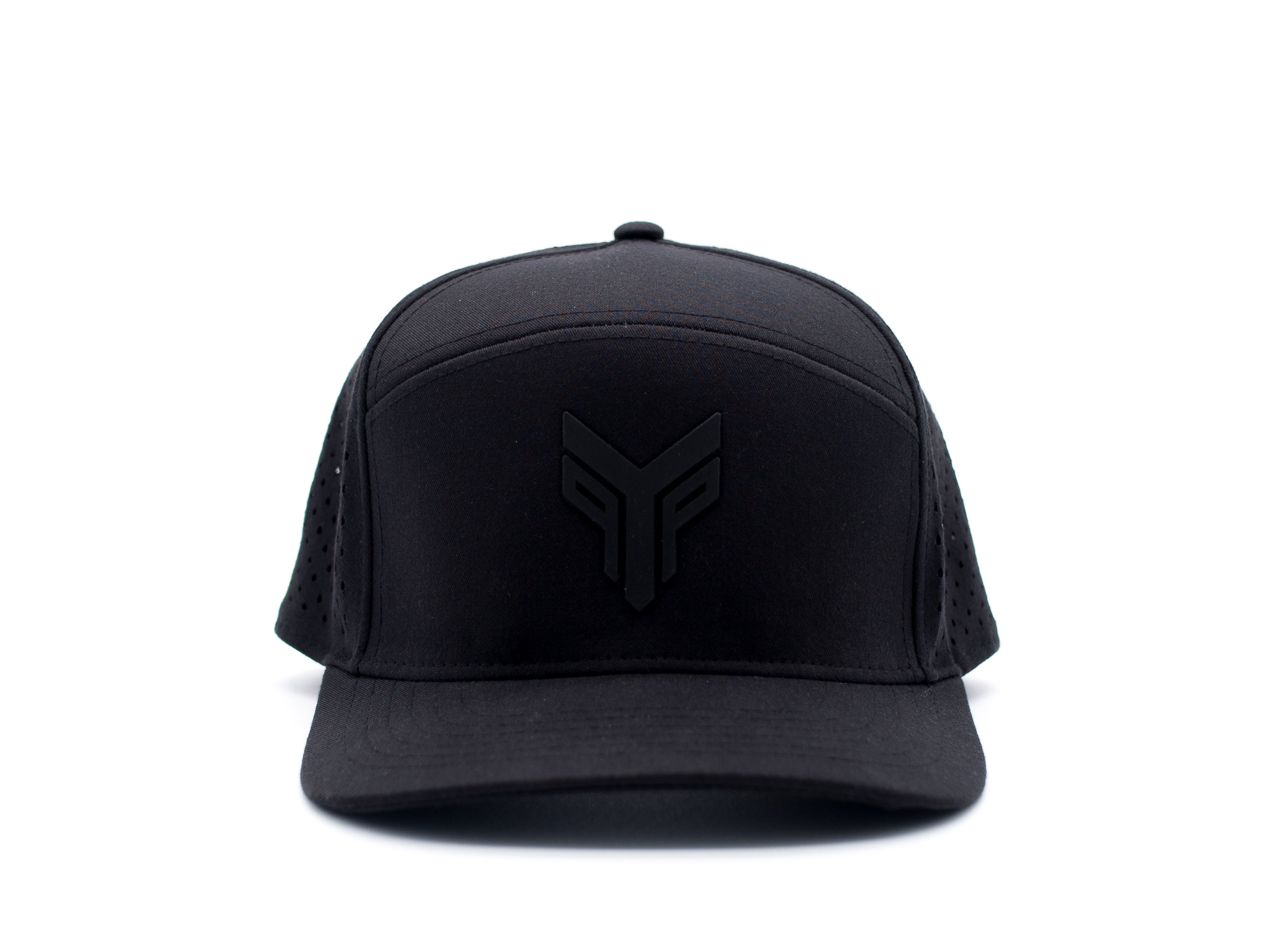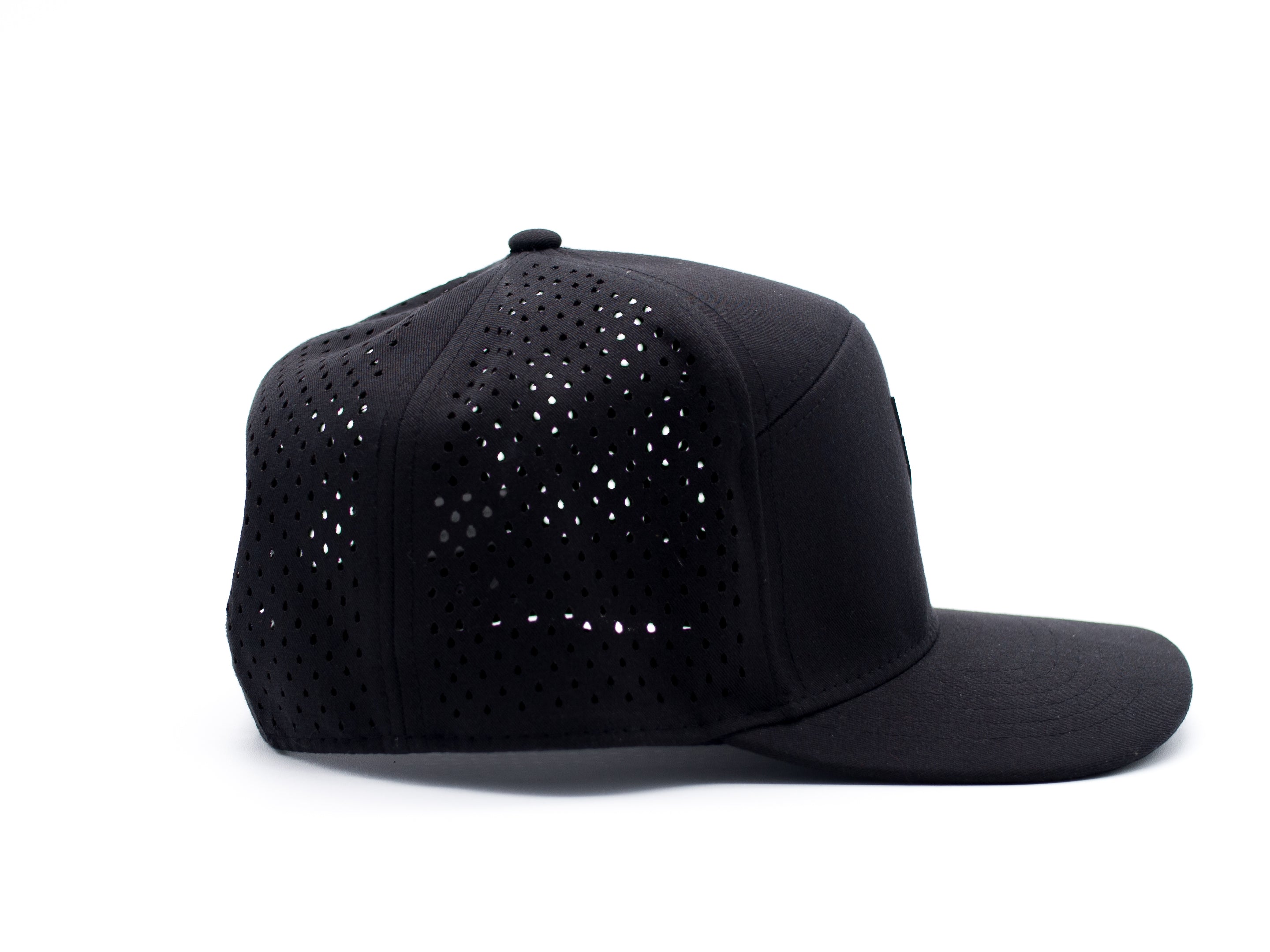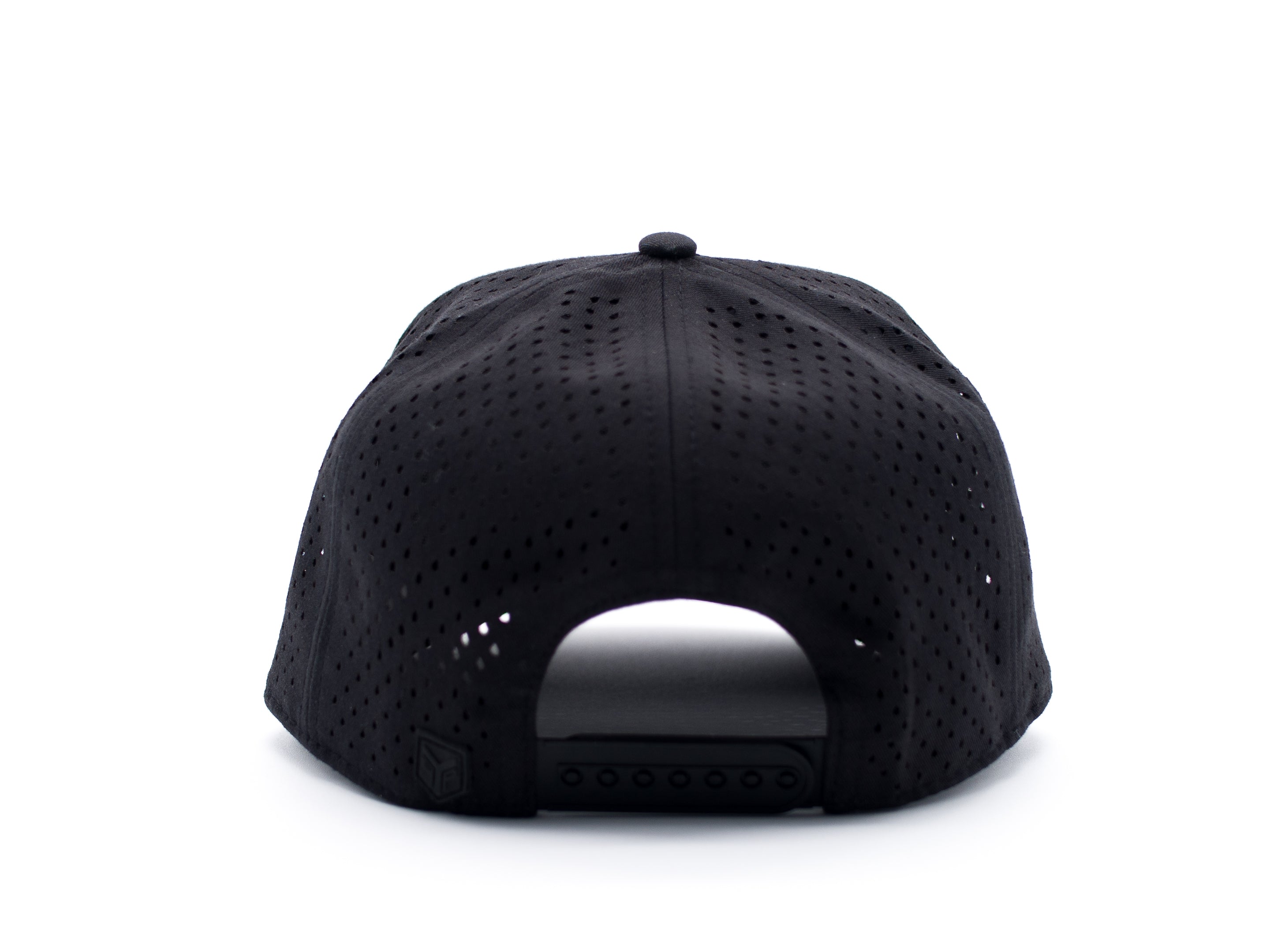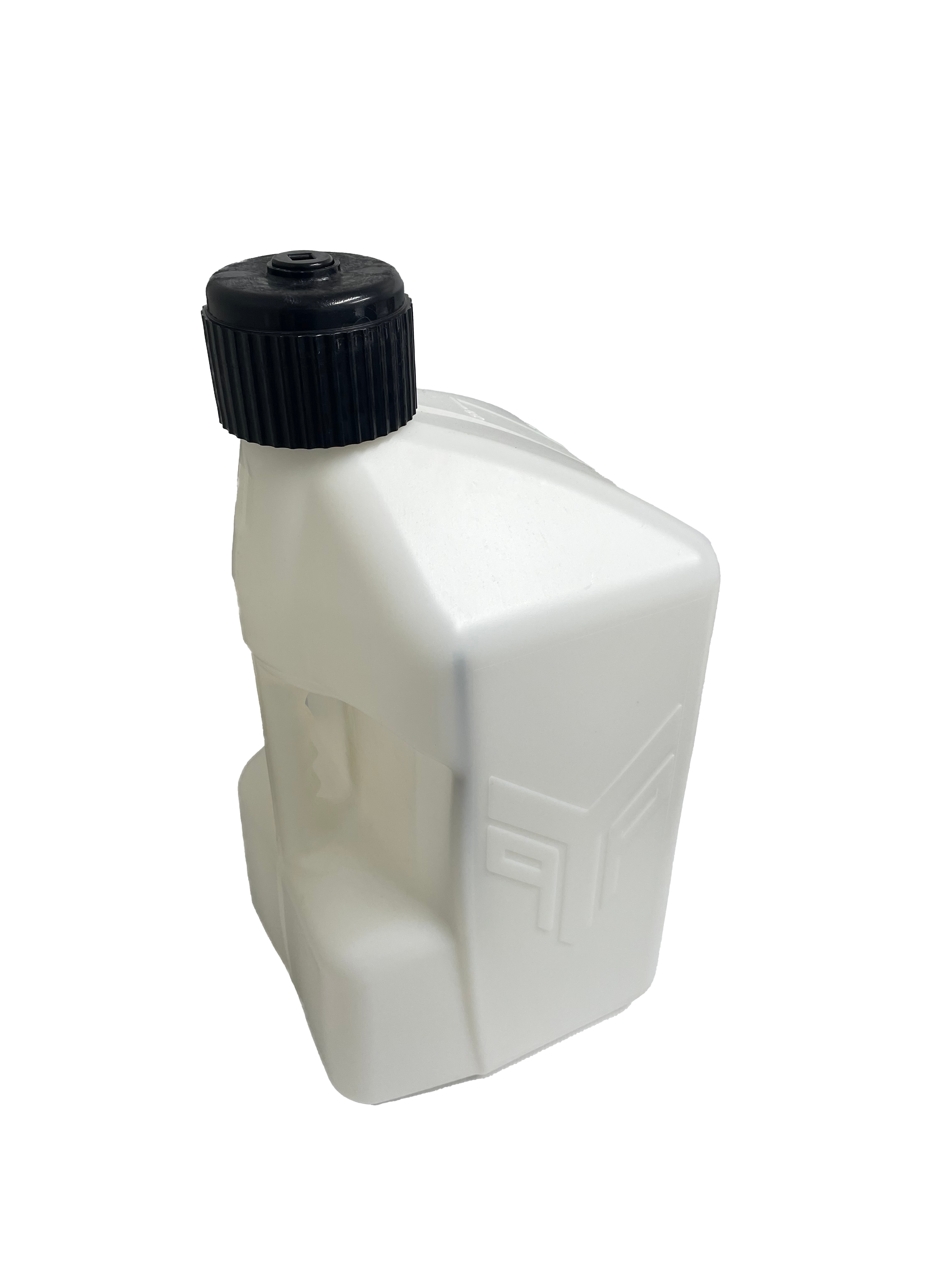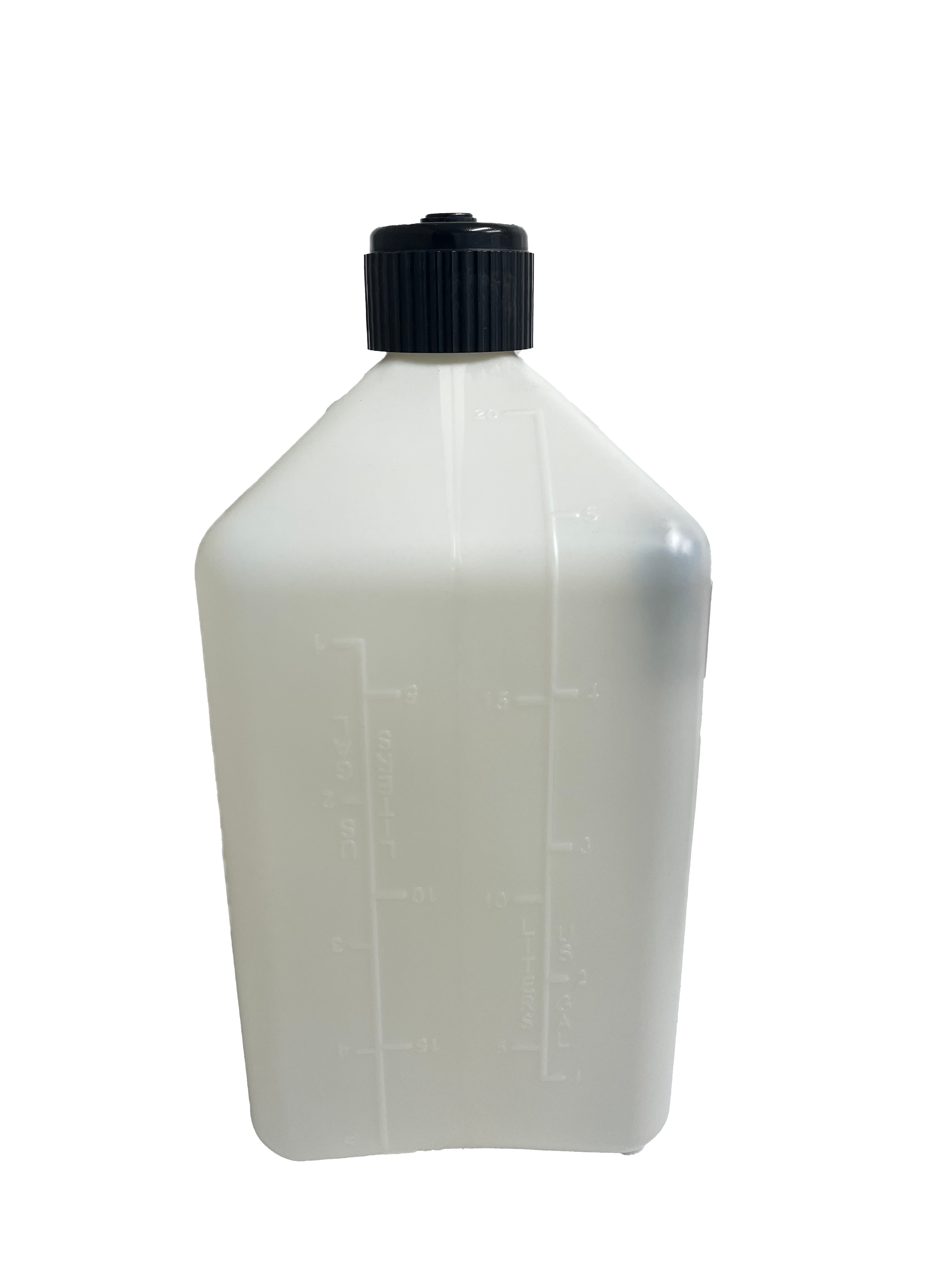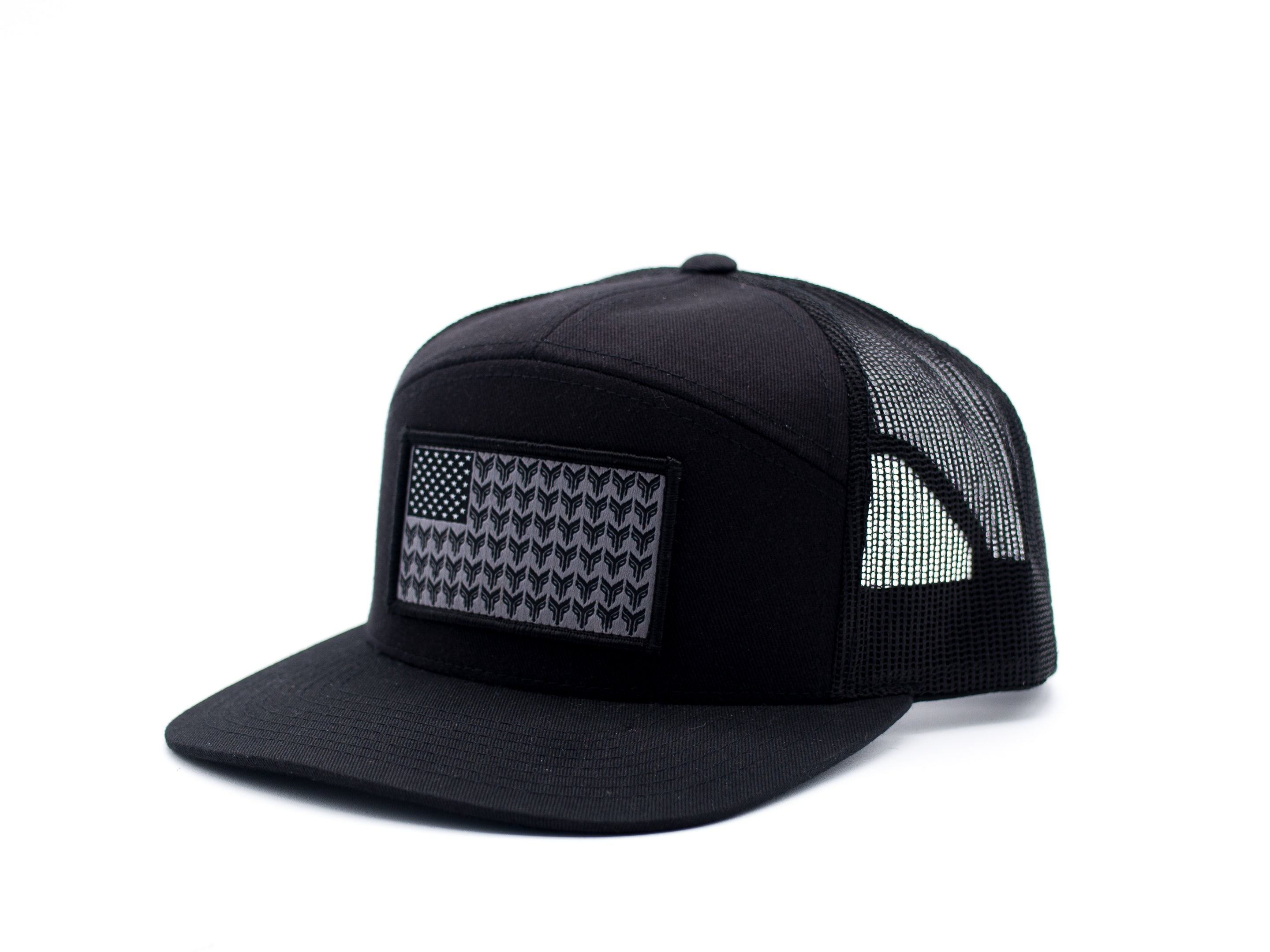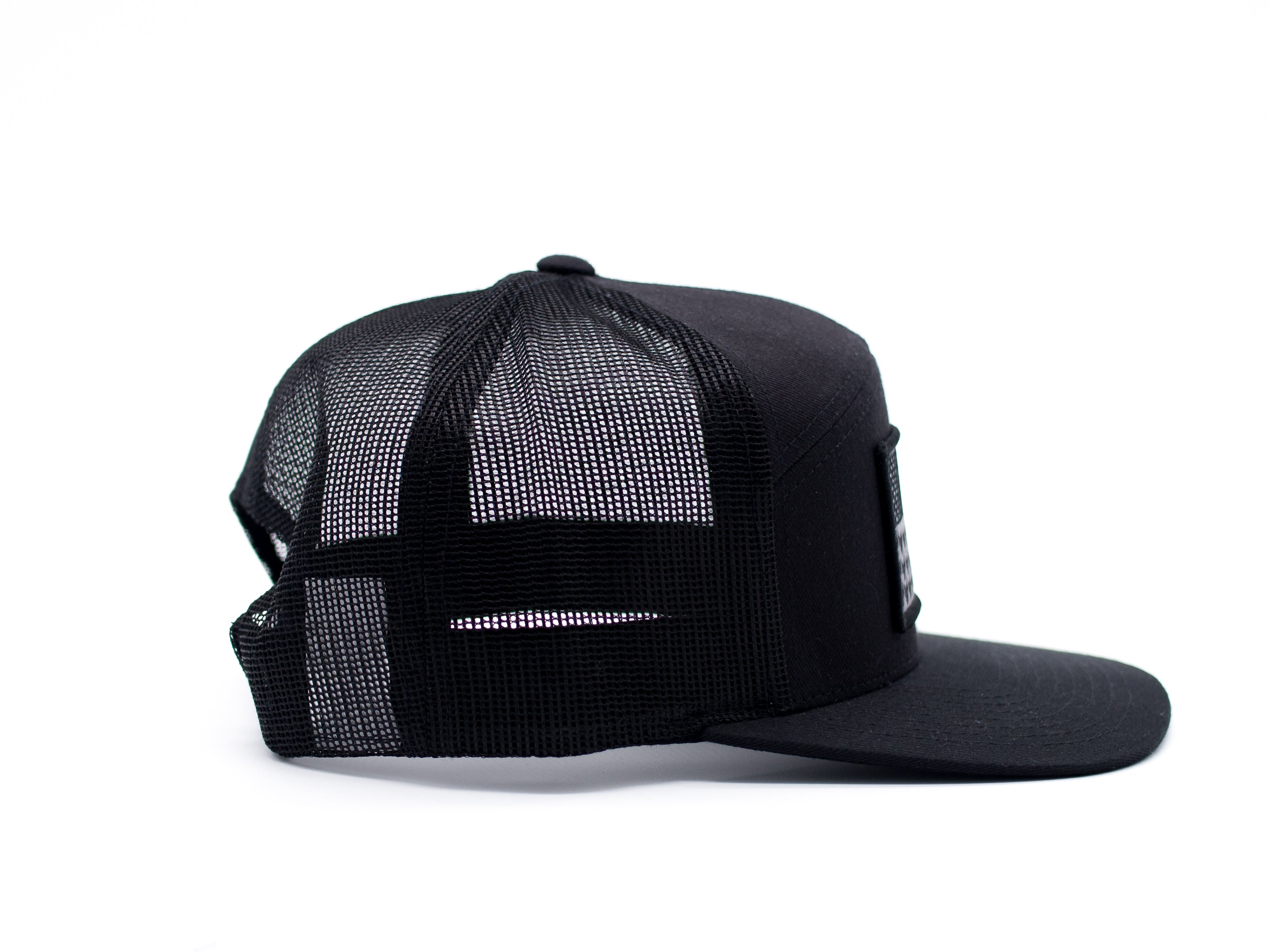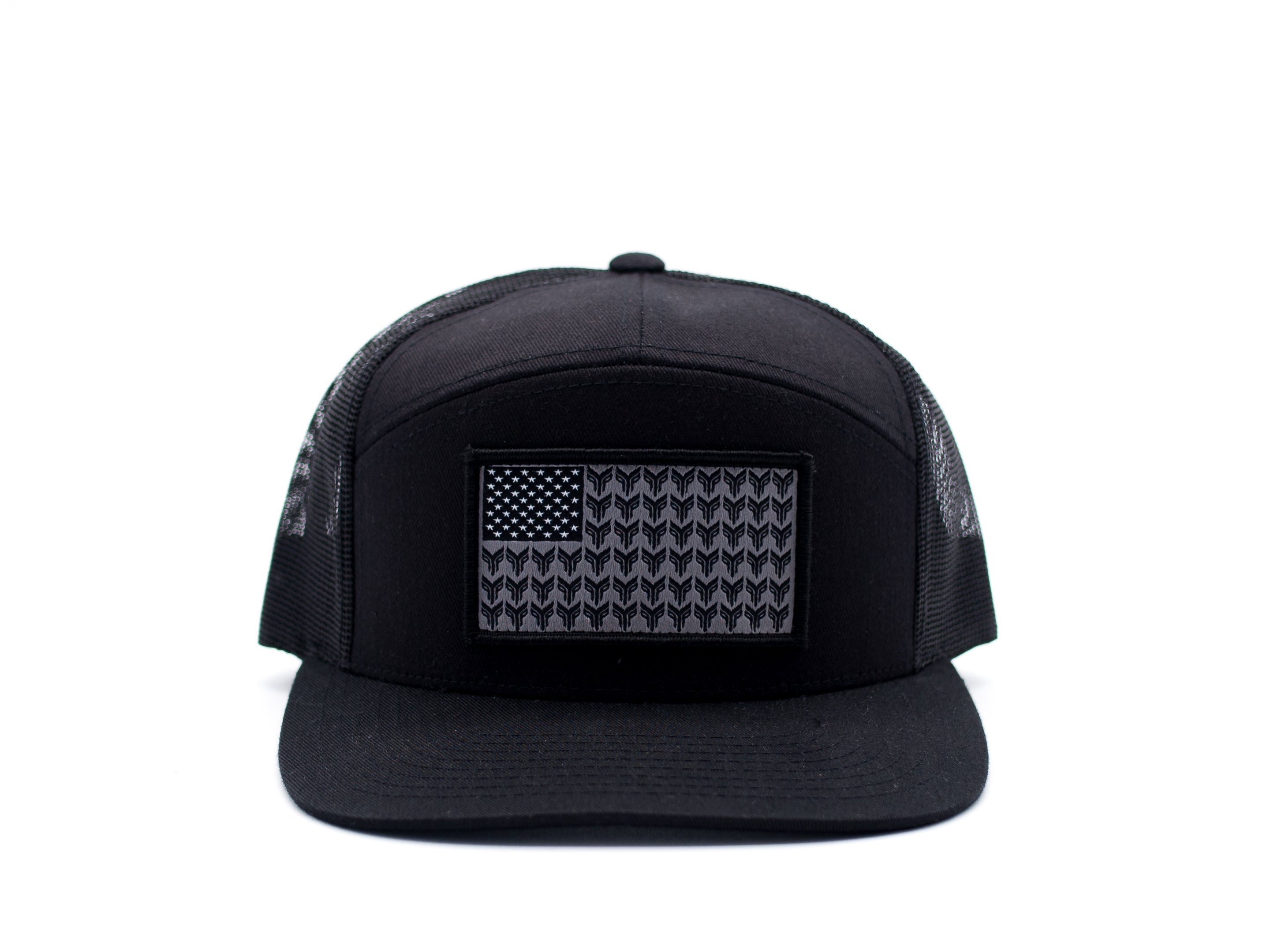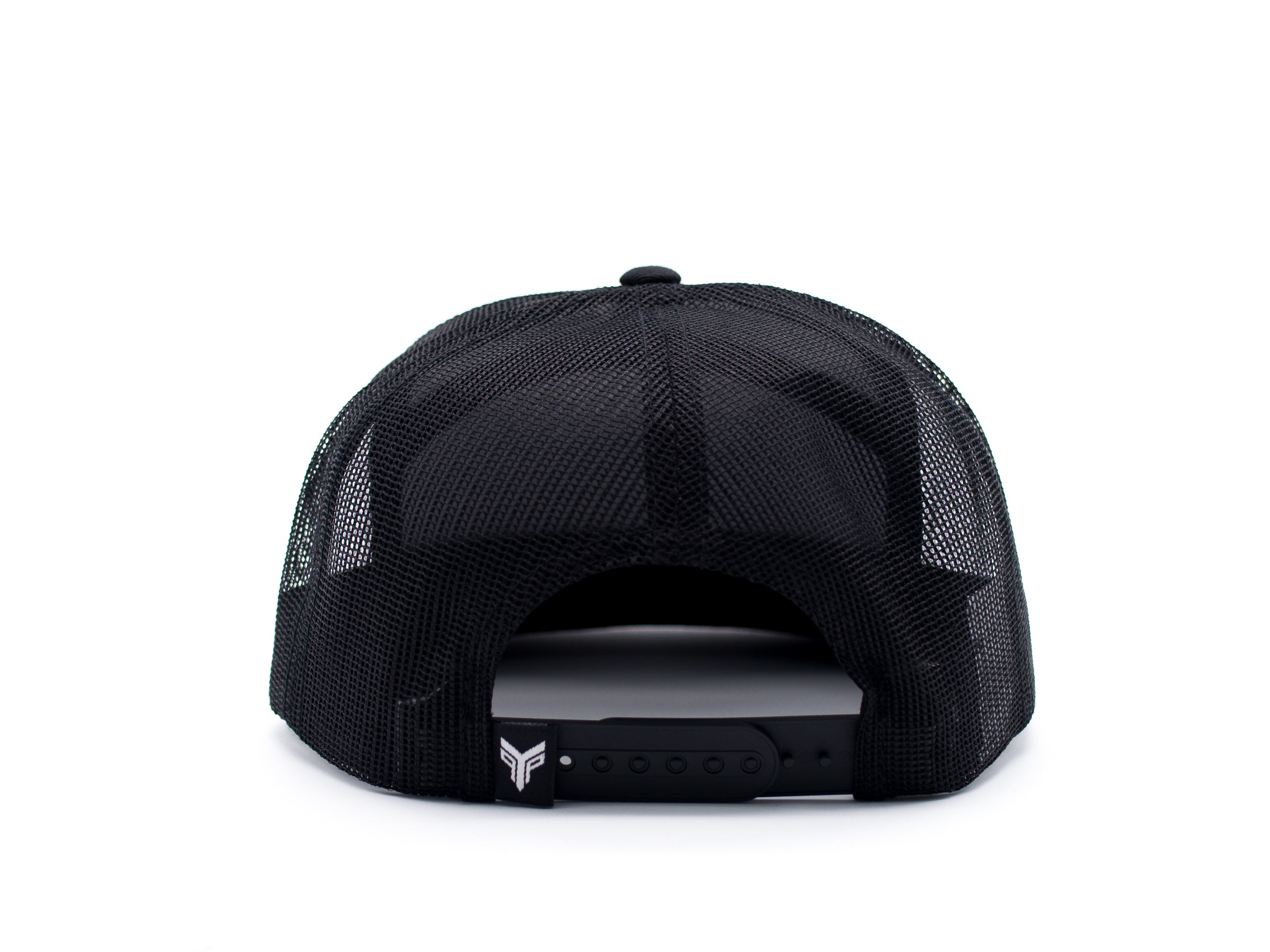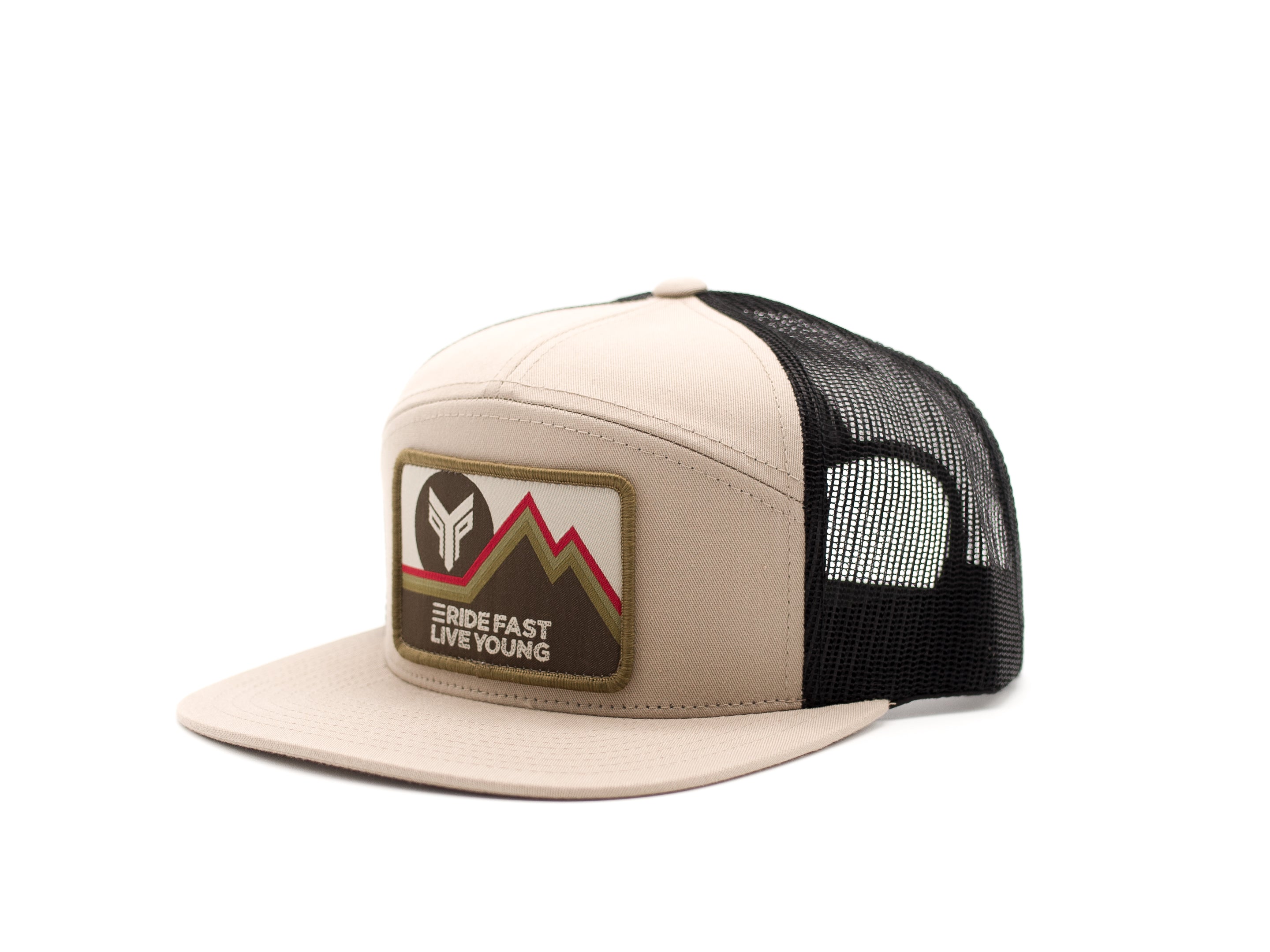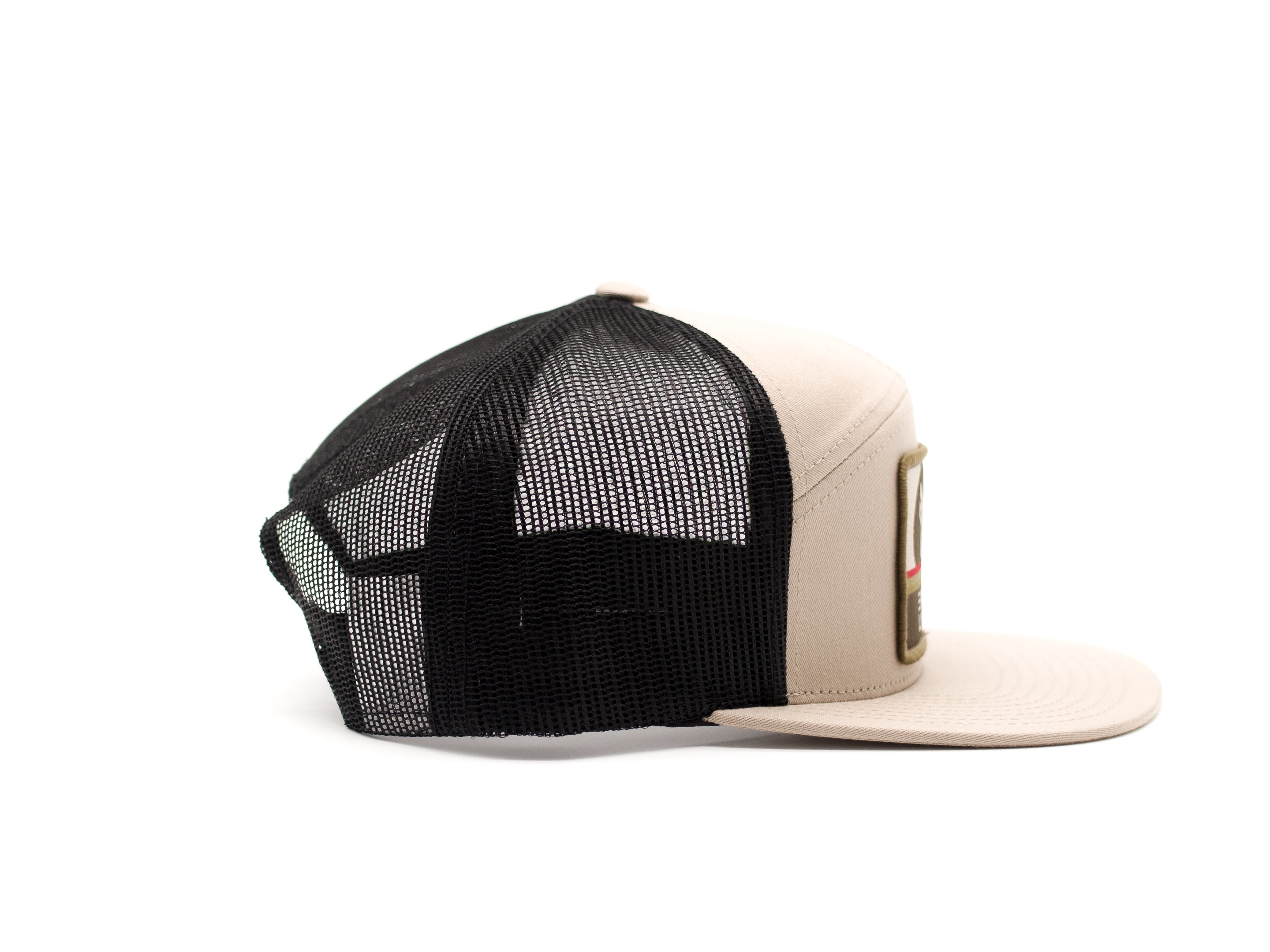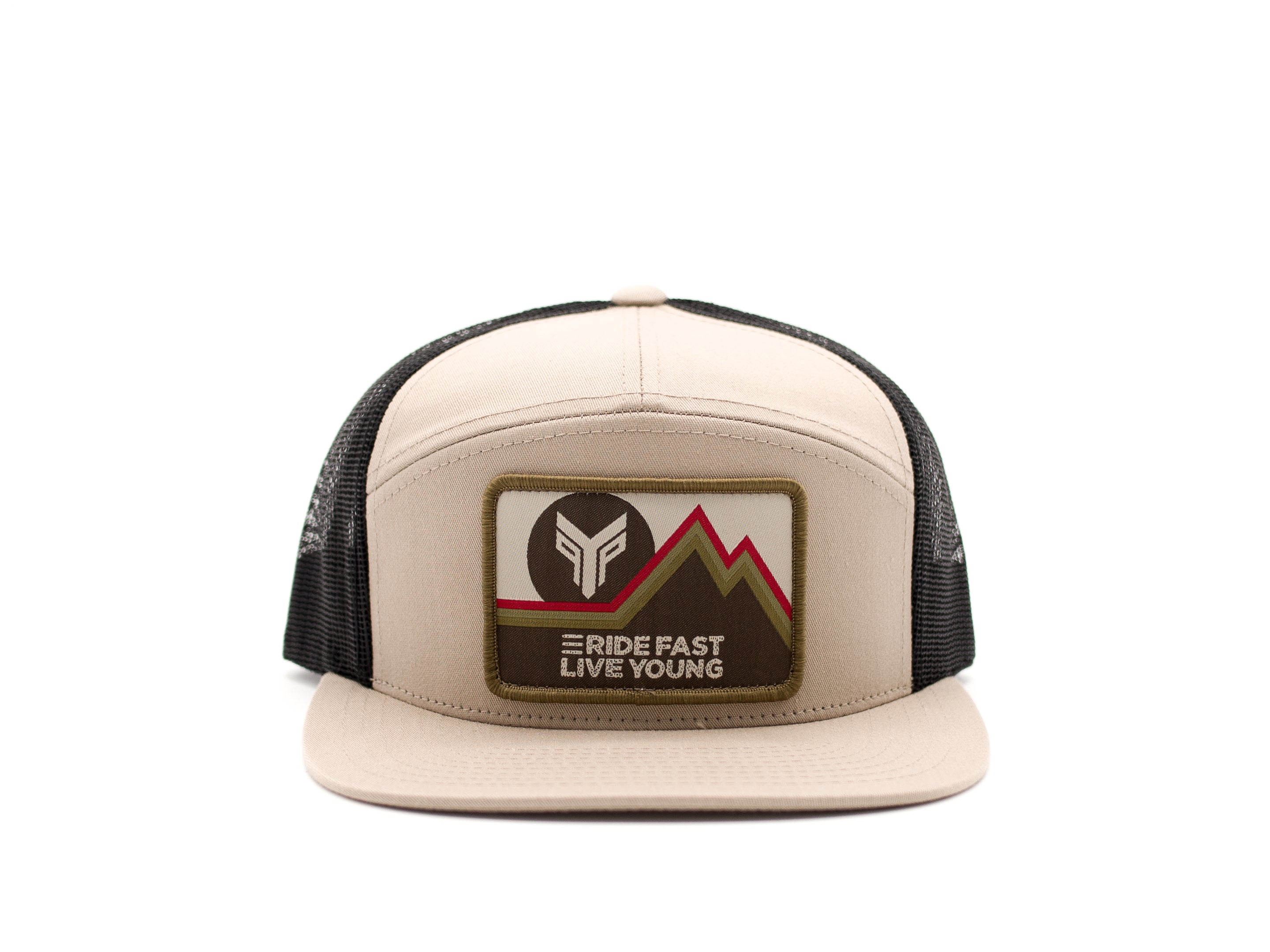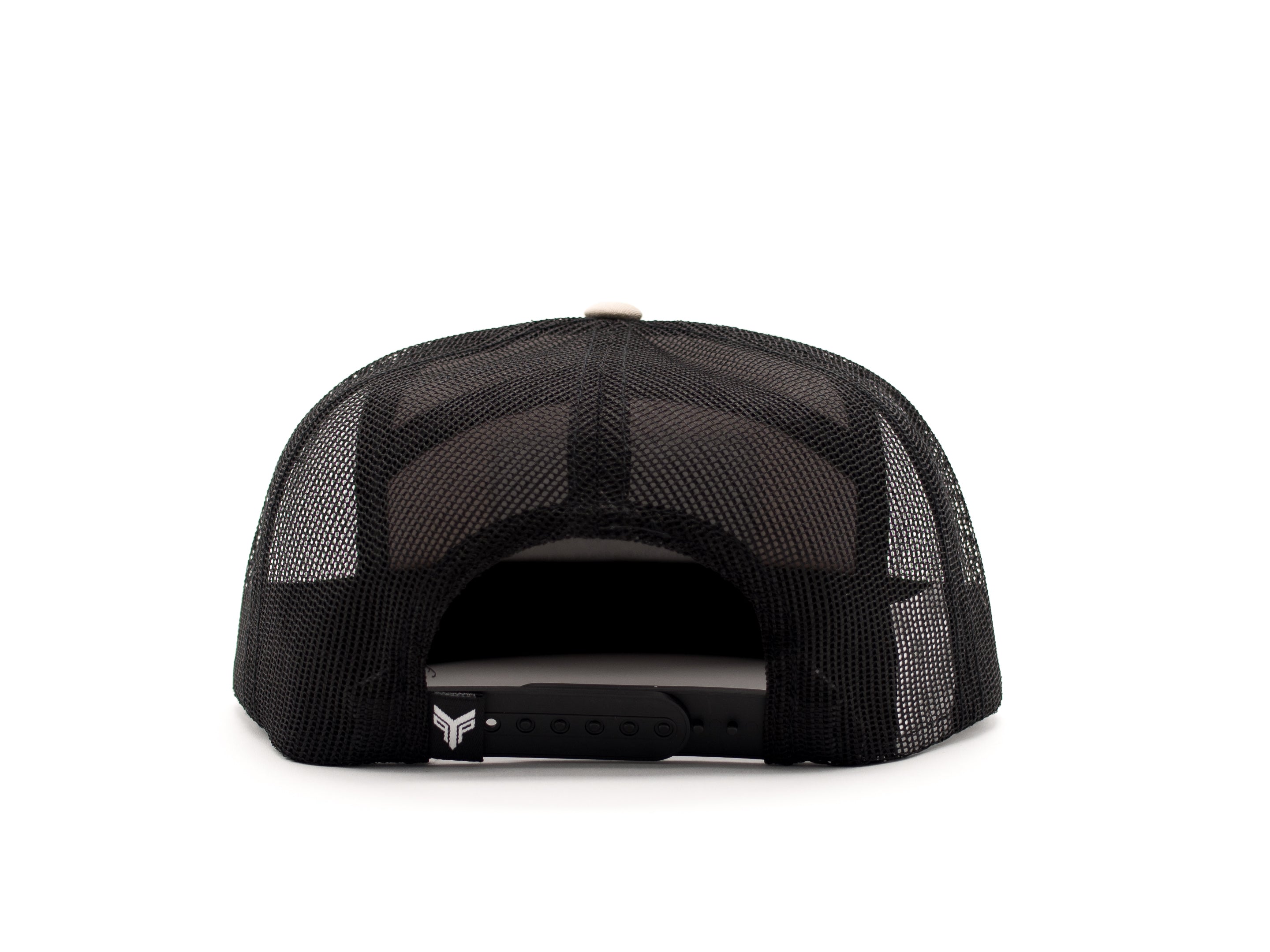Gear is essential for kind of rider. Whether it's cross-country or down the street, it’s important to stay protected. That said, it can be tricky to find what you need for your situation.
Here’s a walkthrough of the types of gear you’ll need for dirt and street bikes:
Street Bike
Motorcycle’s require the most unique get-up. Protecting riders at high speeds and on tarmac, street bike gear is built thick and tough. Here are a few things we recommend putting on before you ride:
Helmet:

There’s nothing more important to wear during a ride than a helmet. That said, there’s a few multiple kinds of helmets, each designed for a different type of rider.
Half-helmets should primarily be used for low-speed riding. They protect only the top of the head and some surrounding areas. While they may not be safe at high speeds, they’re pretty comfortable comparatively speaking. For those riding small machines, like a Honda Ruckus, these helmets can definitely suffice.
Slightly more protective, quarter-helmets cover the back of a rider's head, leaving the face exposed. While they aren’t able to handle impact like a full-face helmet, most have features that increase their safety. Some quarter helmets, for example, have pull down visors as well as bubble visor attachments. These act as sunglasses, managing the amount of light that makes it to the rider's eye. In addition, they’re also able to provide more facial protection.

While they don’t offer the security of a full-face helmet, they’re great for those who ride scooters and small bikes.
Full-face helmets are typically seen as the most protective on the market. Coming with a face shield and chin protector, they have a lot of surface area to help disperse impact. Full-faces are also great at blocking out debris.

While full-face helmets are protective, they can get fairly stuffy. Modular helmets provide riders with the protection of a full-face helmet and the freedom of a quarter helmet. By pushing in a button, the facial part of the helmet opens up. With most modular helmets, riders can reach speeds up to 35 mph before having to put the face shield down.
Many prefer the freedom modular helmets provide. That said, these helmets have moving parts that are susceptible to wear. Cheap modular helmets may not hold up well over time. For those looking for a modular helmet that’s affordable and durable, we recommend the HJC i90 and the Scorpion EXO-GT930 Transformer. High-end options include the Shoei NeoTec II as well as the Klim TK1200 Karbon.

Jackets:
Able to protect riders from road rash as well as debris, jackets are a necessity for any rider.
Most jackets will have shoulder and elbow protection, with some even including a back pad. Seen as the most stylish type, leather jackets hold up well under impact. They’re typically preferred by frequent riders who are going on long rides. That said, some can feel stuffy in hot weather.

Nylon jackets, on the other hand, are light and breathable. Some even include dual-liner technology, allowing riders to determine if they’d like another layer for their trip. Also, some nylon jackets are colorful, helping riders stay visible on the road.

Both options provide multiple benefits. Choosing between the two depends on rider preference. Sporty riders typically prefer the light nylon jackets while V-twin owners lean more towards leather.
Pants:
While not as common as helmets and jackets, riding pants can provide helpful protection during a crash. Typically, the pants include hip and knee pads.
Complementing leather jackets, chaps are the most stylish type of riding pants. Chaps provide a great buffer between the street and a rider’s knee as they’re generally made from tough leather.
For those that prefer nylon, there are multiple options. Some nylon pants even have a jacket that matches to create a full set. A few companies, like Scorpion, even sell riding jeans. These still often come with padding, but they look like regular jeans.
Gloves:

Helping to protect palms and knuckles, almost all riders wear gloves. When choosing a pair of gloves, we recommend finding something with sturdy knuckle protection. This can help prevent roost from penetrating the top of the hand. Many riders also prefer having a tough palm, like the one featured on Cortech's Bully Glove. During a crash, these can help riders slide on their hand while keeping their palms away from the pavement.
For those wanting to keep wind out of their sleeves, gauntlet gloves go over the wrist for added coverage.
Boots:
While many riders neglect to buy boots, they can provide safety and comfort. Most boots come with a plastic bump near the toe to protect the foot from impact during a slide. Above the toe area is a plastic surface to prevent wear from the shifter. Built tough, most riding boots are reinforced with a shank to hold up over time.
Dirt Bike:
While there are many similarities between dirt bike and street bike riding, motocross gear is typically lighter and designed for comfort. Here’s what we’d recommend for your get up:
Helmet:
Again, helmets are essential for all types of riding. That said, while there are multiple types of street bike helmets, motocross helmets are generally more uniform. Most helmets come with a strong chin piece, an open face and a visor. While they look the same, quality varies between models.

Some of the most protective dirt bike helmets have MIPS technology, which can be found in multiple Fox and Bell helmets. Standing for Multi-directional Impact Protection System, MIPS helmets are able to effectively disperse impact, making them phenomenal at preventing concussions.
Fly’s Adaptive Impact System (AIS) has also proven to manage impact well. AIS uses RHEON cells and a cone structure to help protect riders at low and high speeds.
Jerseys and Pants:
A good jersey is both protective and breathable. When riding, a jersey helps provide ventilation, add mobility and protect the rider from wind and roost.

Coming with necessary padding that protects against engine burns, riding pants are a must-have for motocross riding. These pants are designed to be worn on a bike, bending near the knee area even while they hang. Some riding pants also have a pad at the knee for better protection.
Gloves:
Wearing gloves is recommended when operating most machines, and dirt bikes are no exception. Motocross requires riders to have their hands on handlebar grips at almost all times. Not only do gloves provide comfort, they also block out roost and debris.

Boots:
While sneakers and work boots are typically easier to ride in, they don’t hold up during a crash. Not only do we recommend wearing boots for every ride, but also starting out new riders with boots to help them get used to the feel.

Stiff and reinforced, riding boots protect against ankle injuries, hyperflexion, foot injuries and more. In addition, many have a special surface on the top of the toe box to help with shifting.
Goggles:

Unlike street bikes, dirt bikes are typically on rough terrain. Keeping out dirt, sand and roost is crucial for all riders. That said, a bad pair of goggles can limit vision and even fog up. For most types of riding, we recommend pre-curved, injection-molded lenses to help provide optimal vision and protection.
Knee Pads:
Like on a skateboard or regular bicycle, knee pads provide surface protection during impact. Most types of motocross knee pads go beyond the knee and over the shin. A hinge between the two areas helps provide mobility, allowing the knee to bend while riding. Some riders also prefer the protection of a knee brace, which helps protect the knee during extension.
Chest Protector:
For the same reason we recommend riding with goggles, chest protectors help protect the body from roost. That said, some chest protectors are designed solely for roost protection and don’t hold up during impact.
Riders looking for the safest option will typically look for armor. Coming with a chest and back protector, many armor shirts have shoulder, wrist and elbow protection.
To add neck protection, many riders also wear a neck brace. Helping to protect the neck and collarbone areas during a crash, these braces are also great at preventing over extension.

For help with your gear needs, talk to one of our parts specialists at any of our Young Powersports locations and visit our website at youngpowersports.com.

